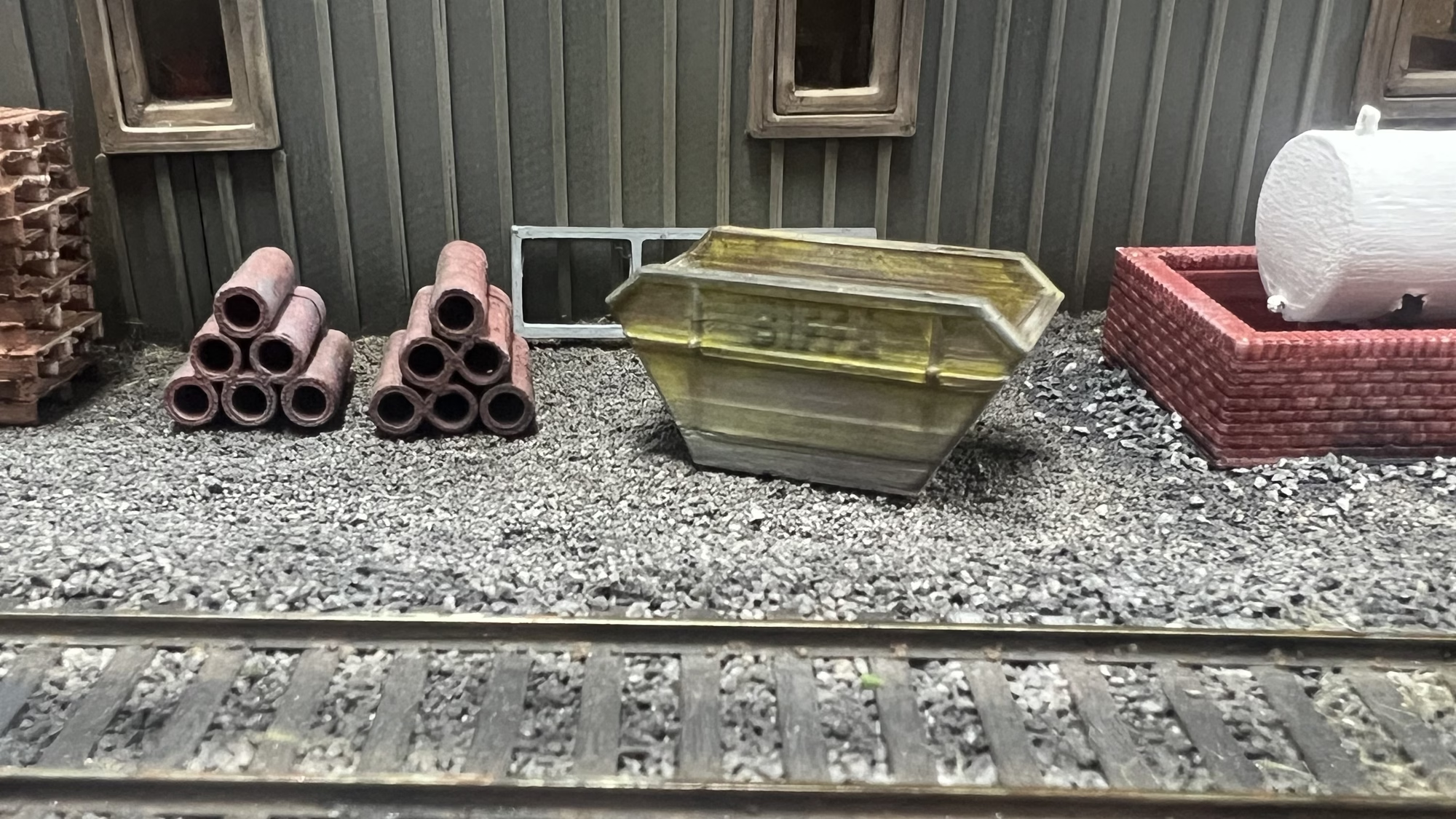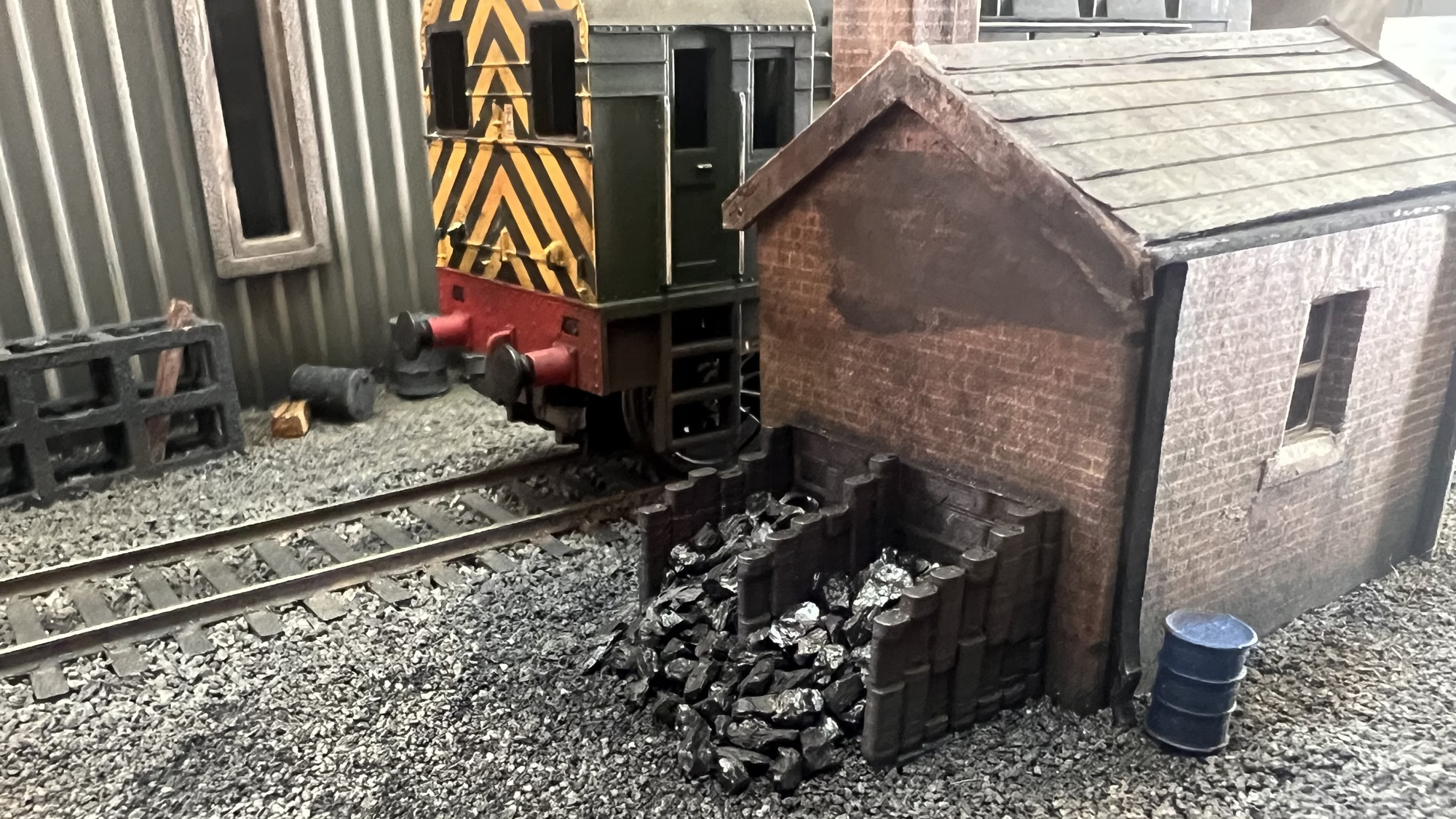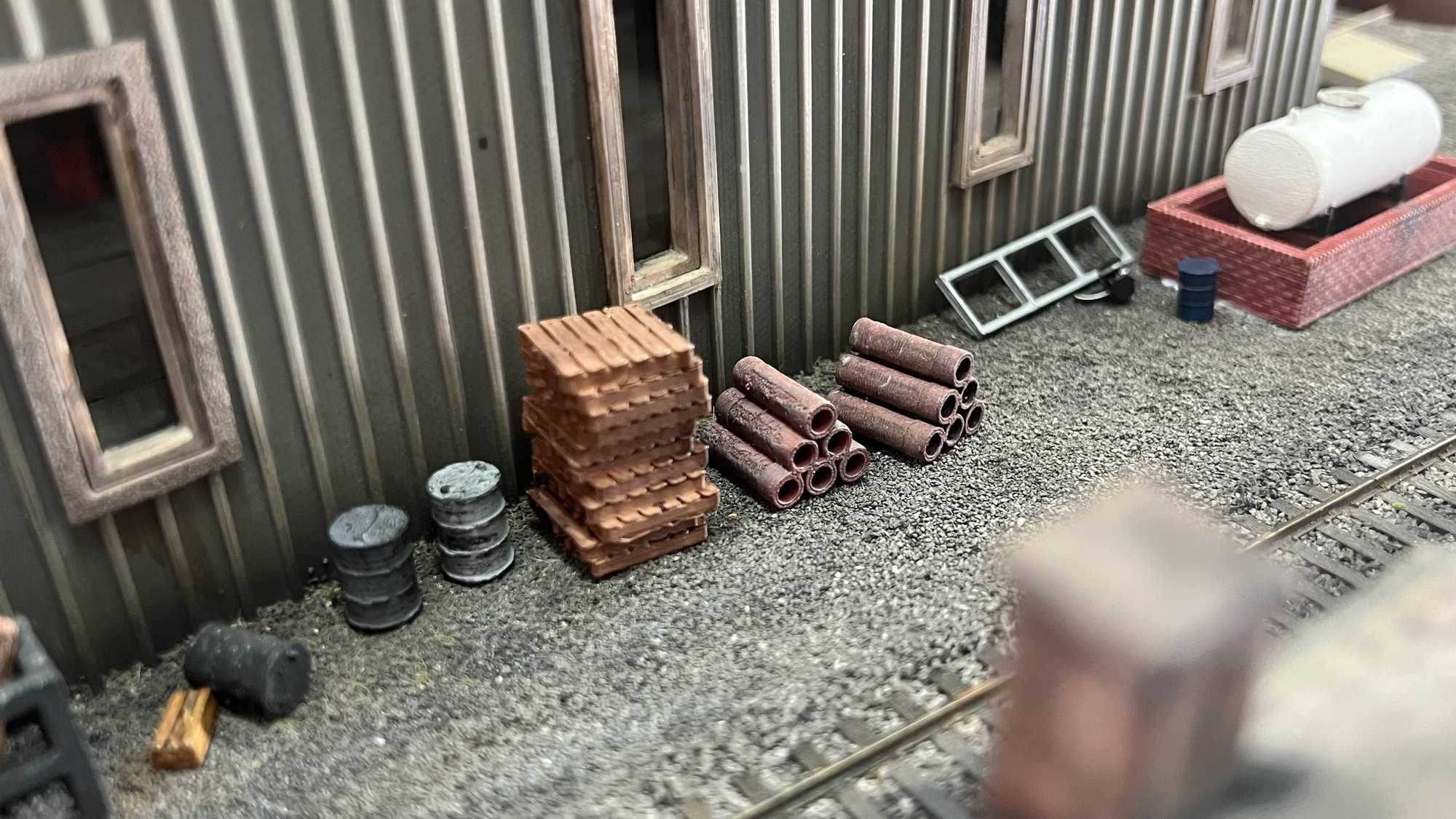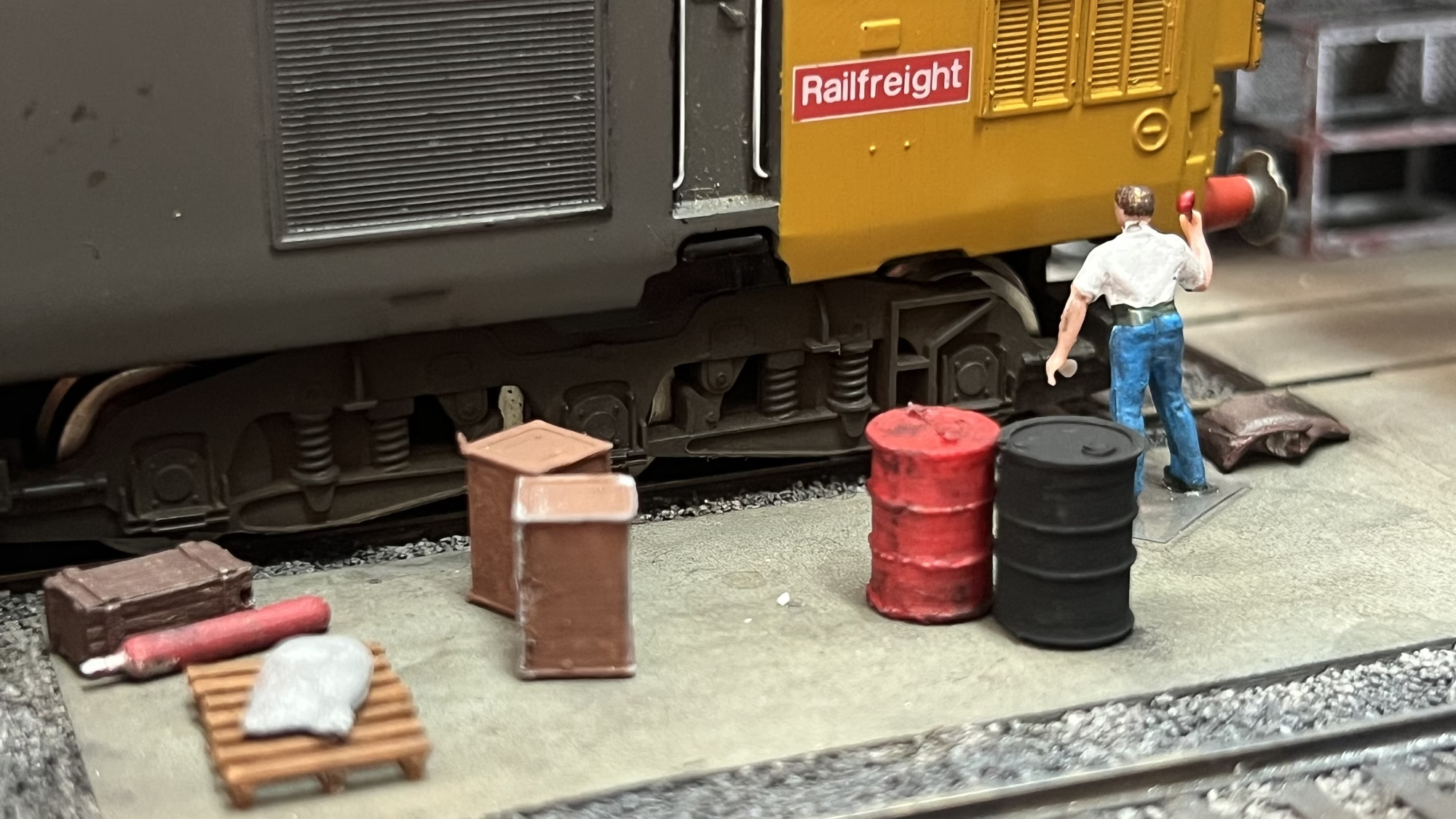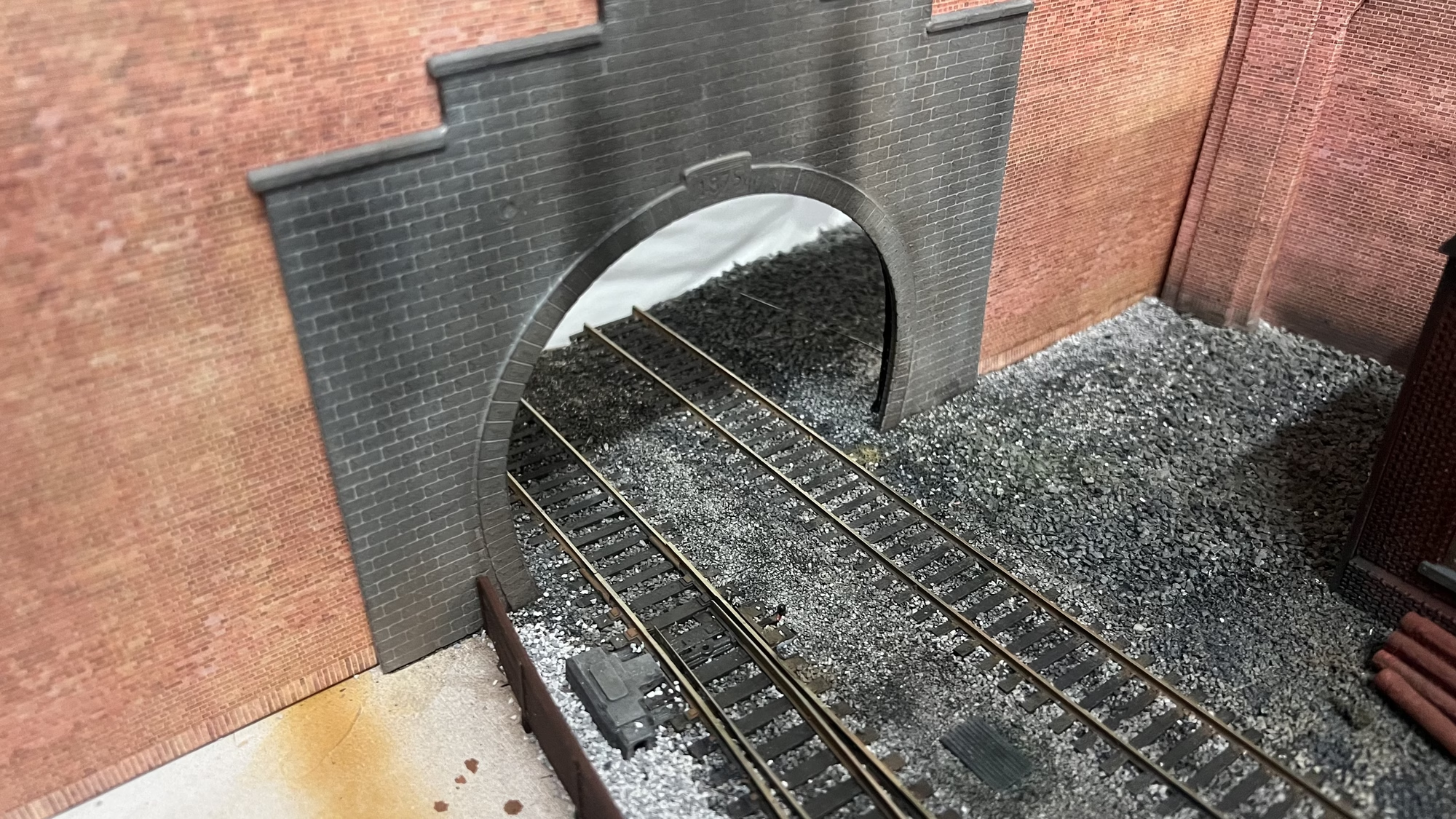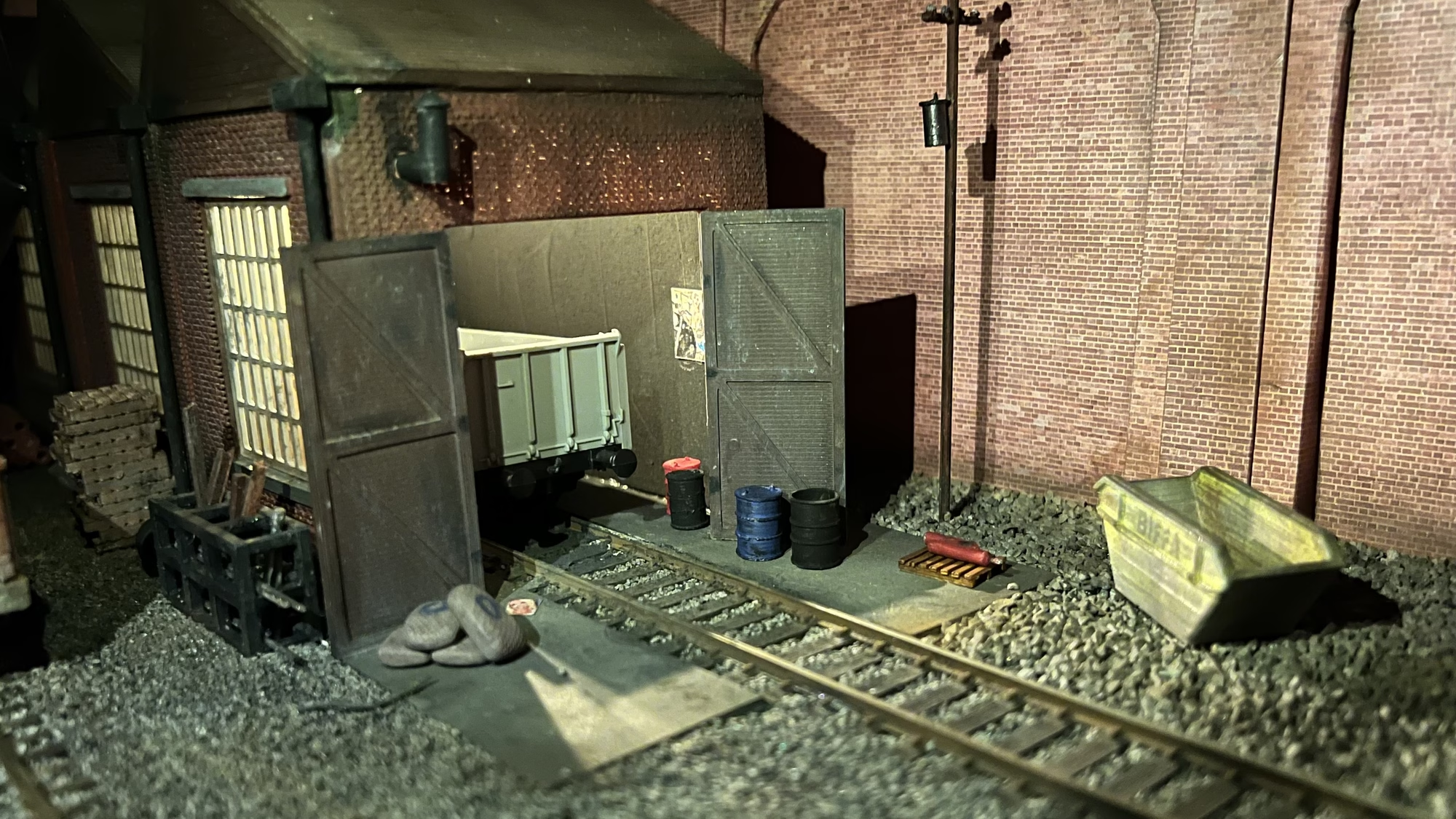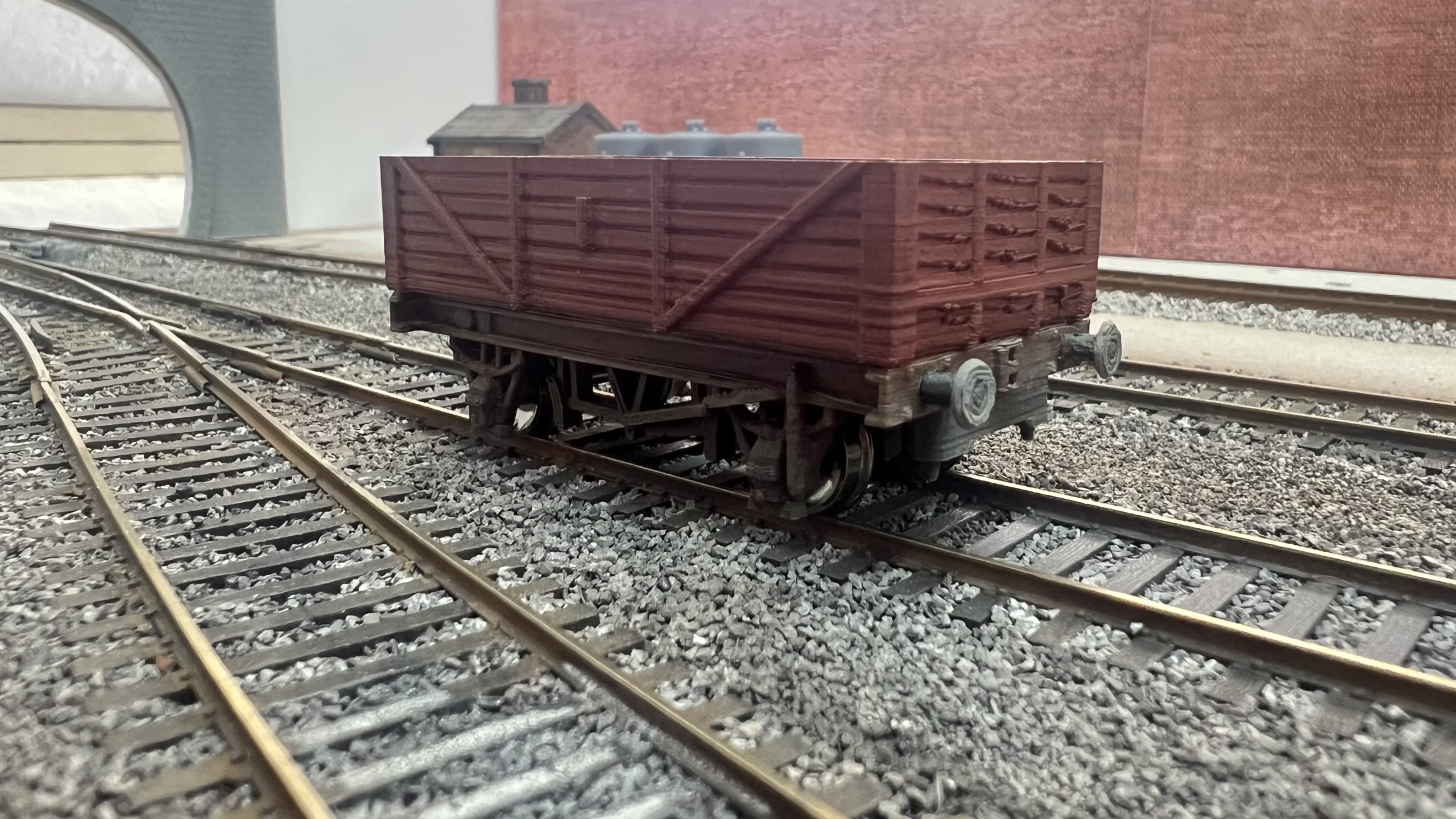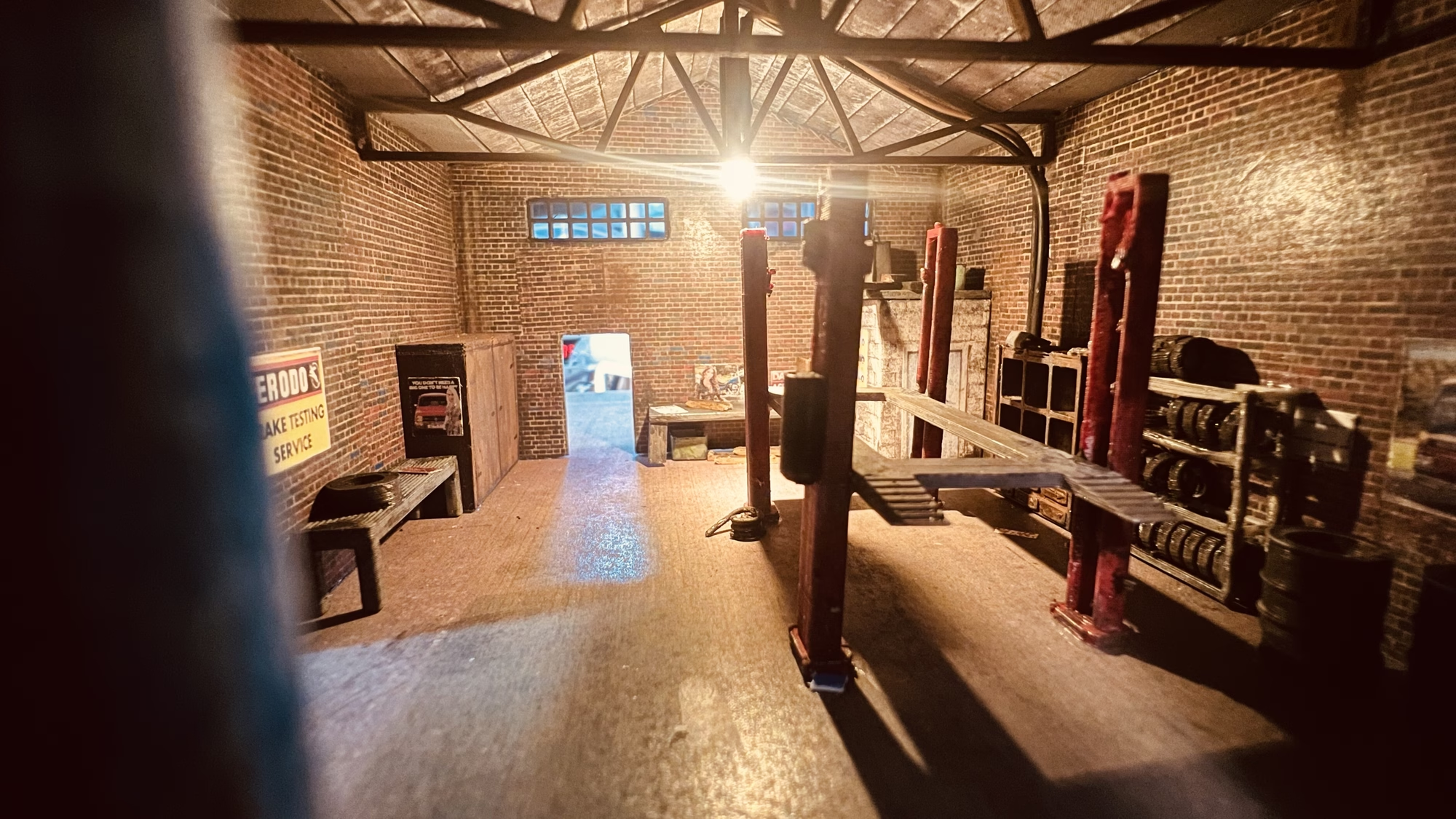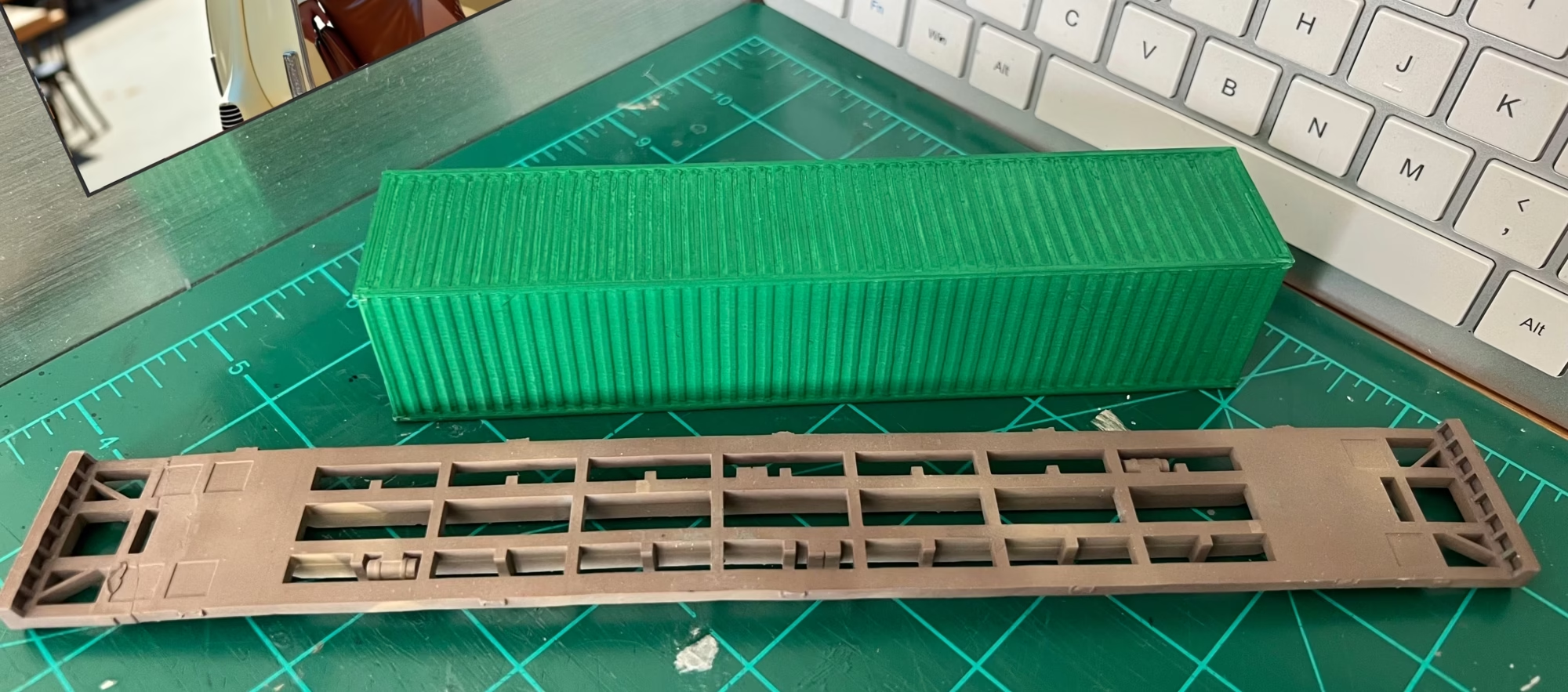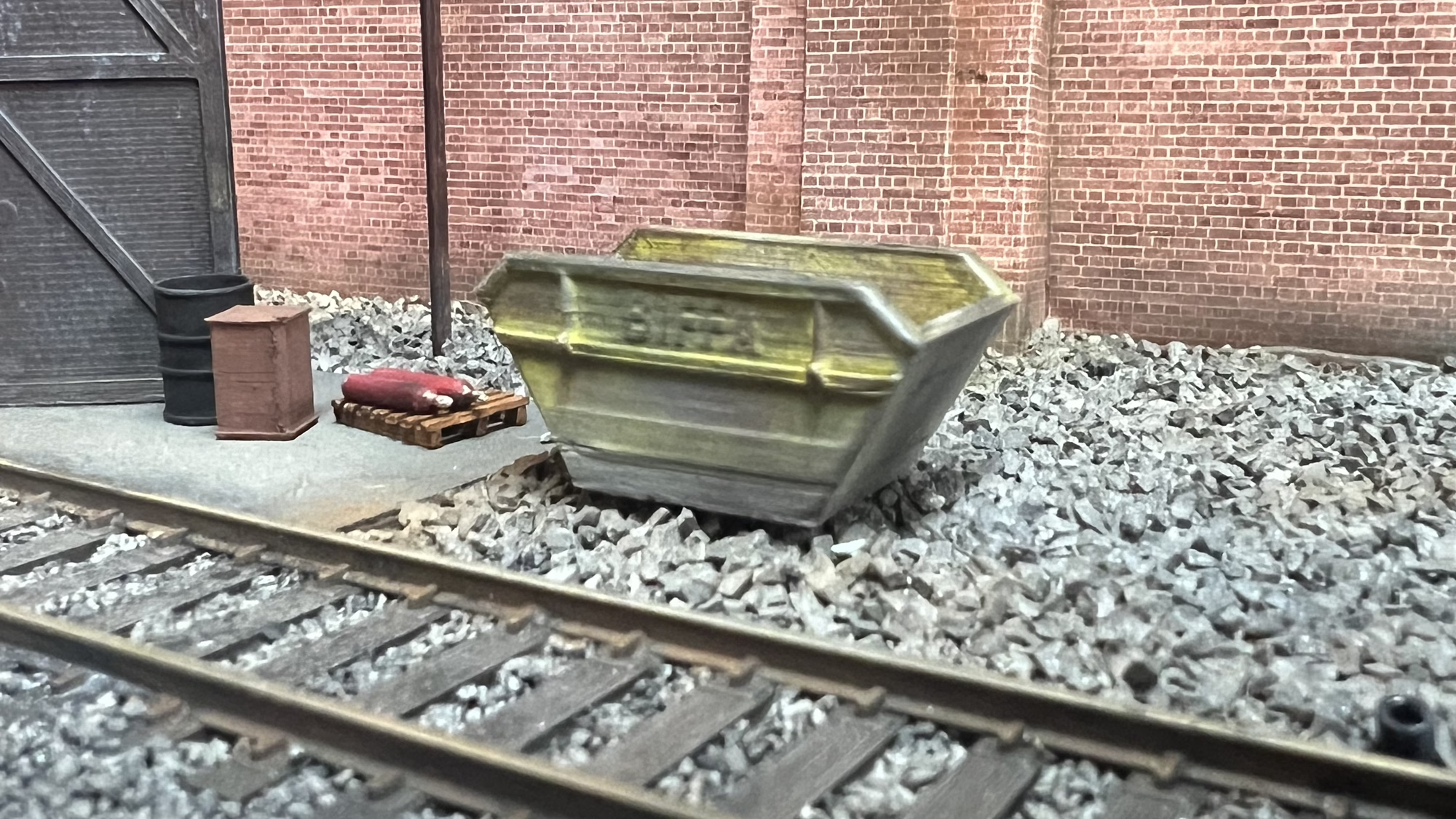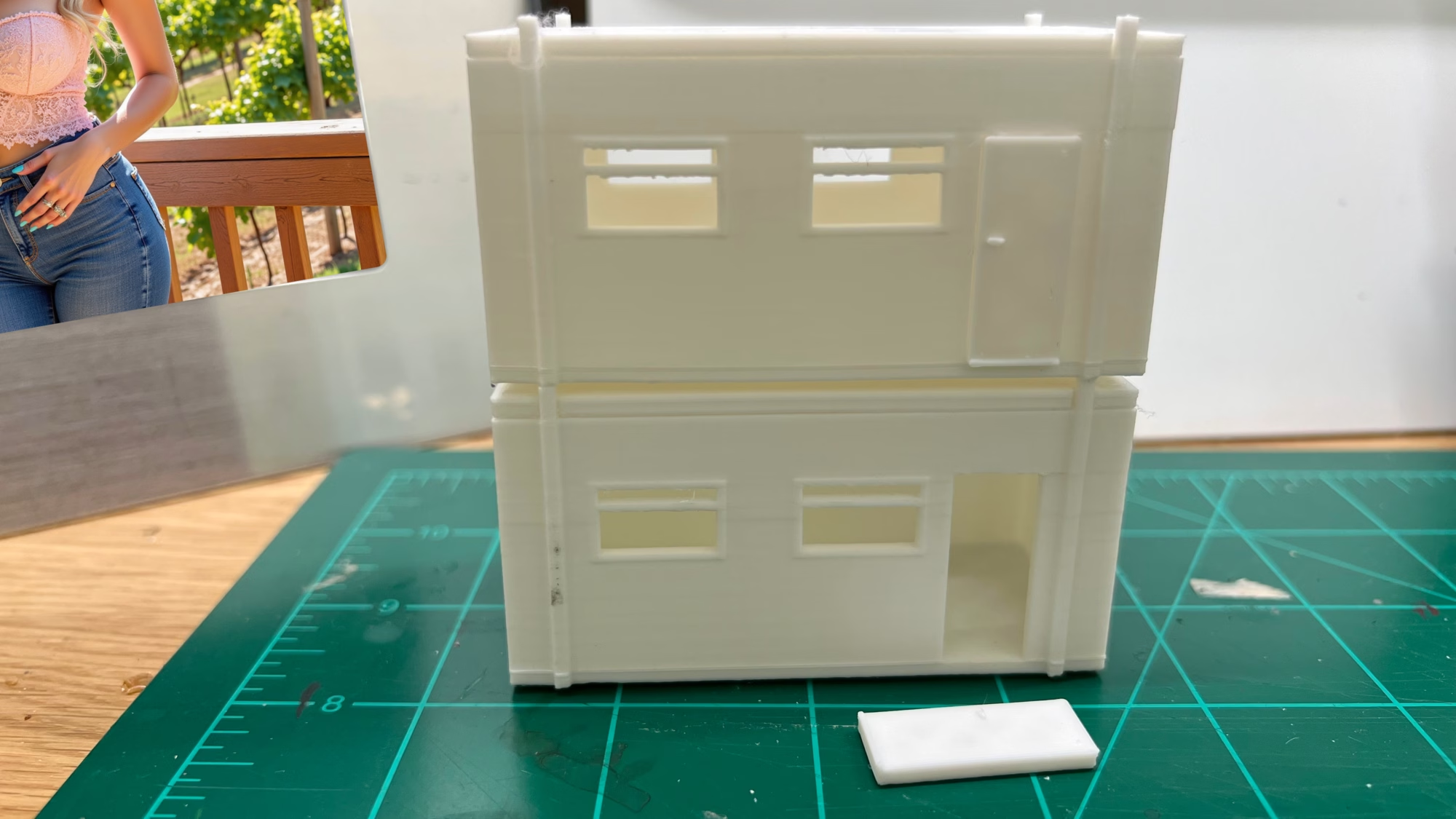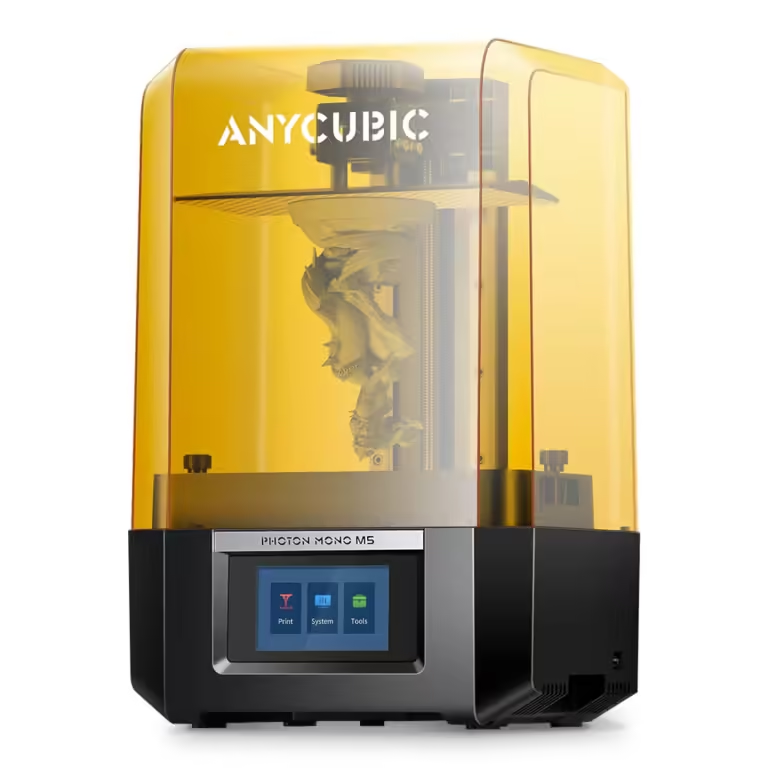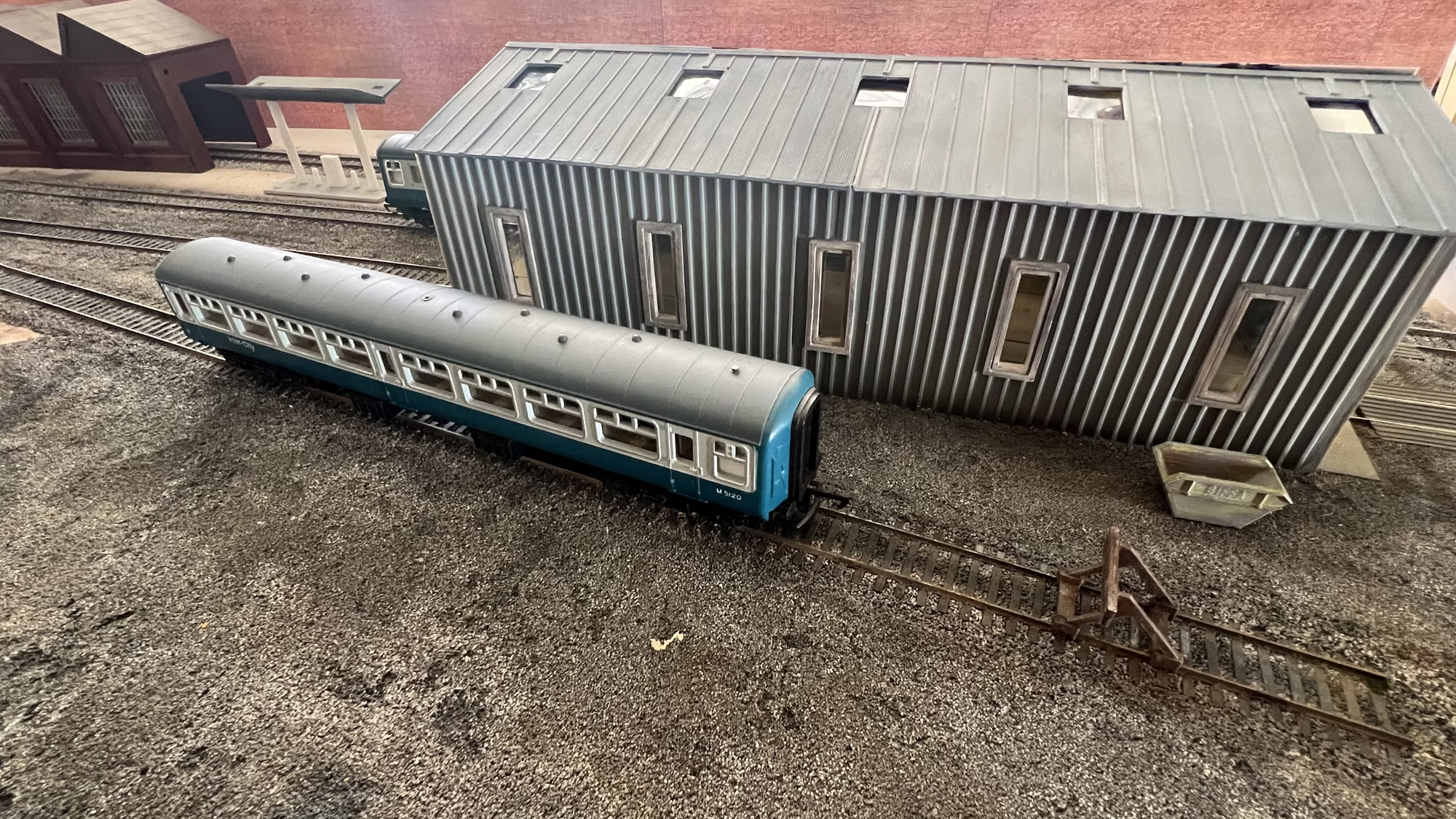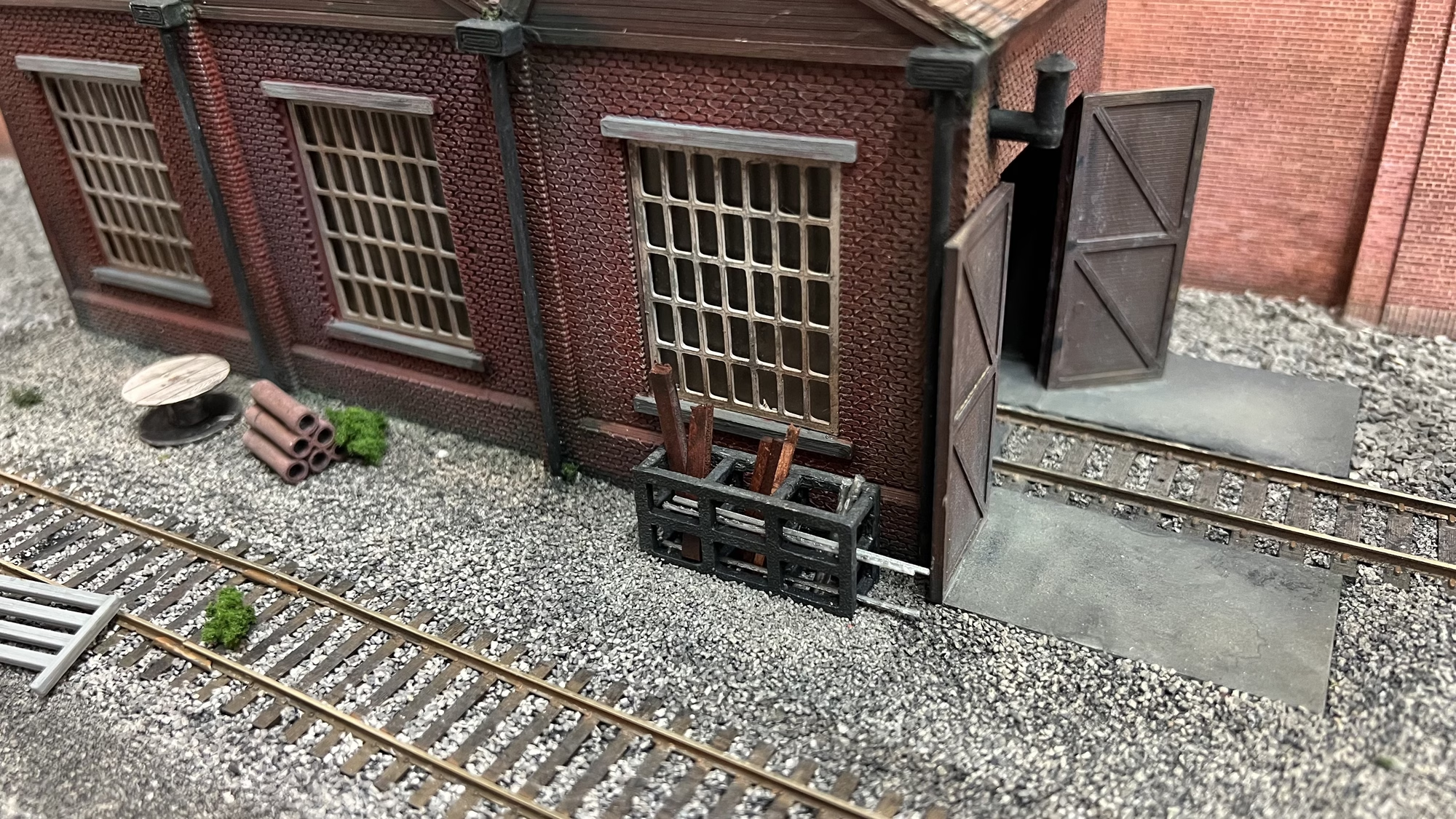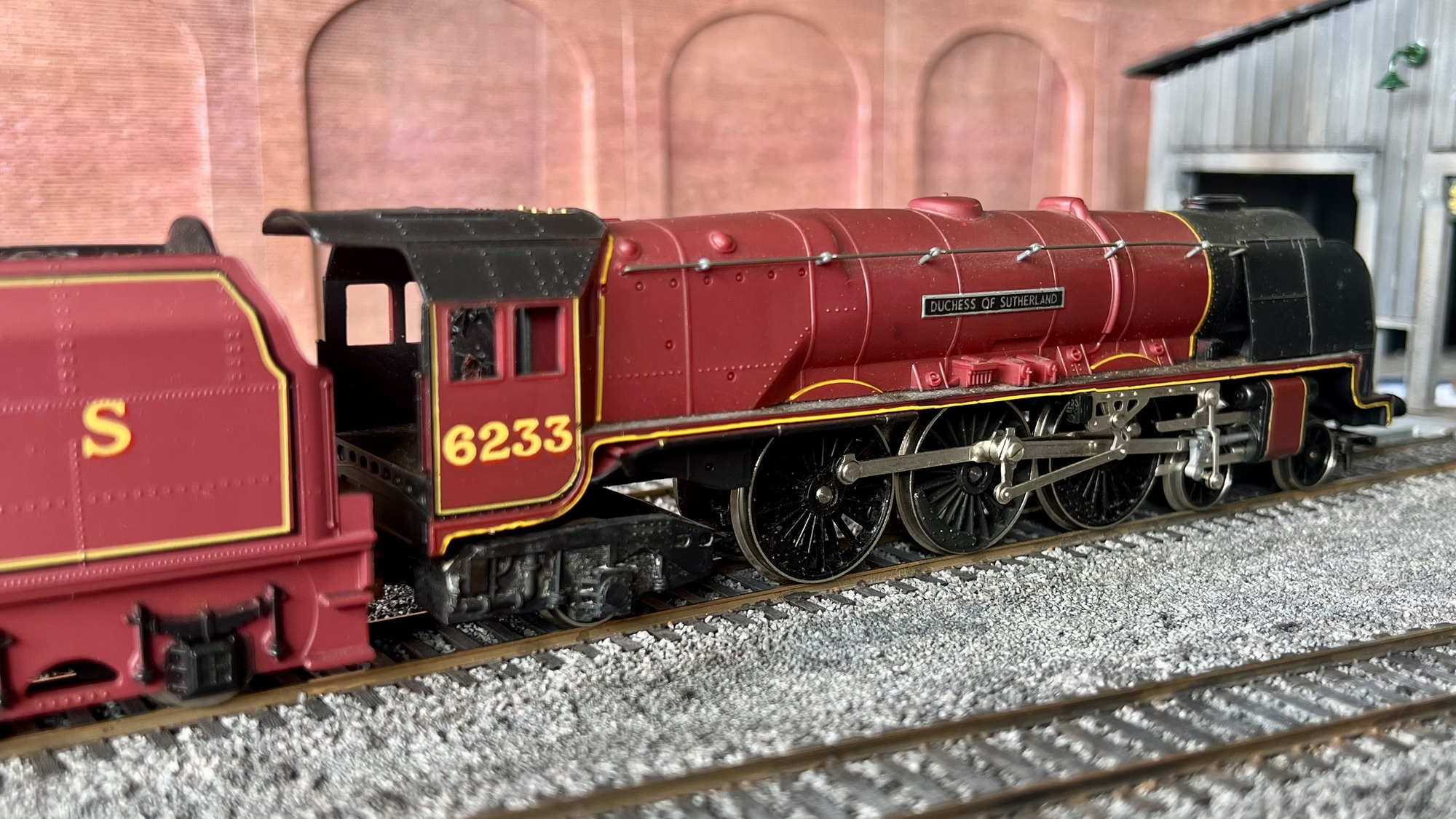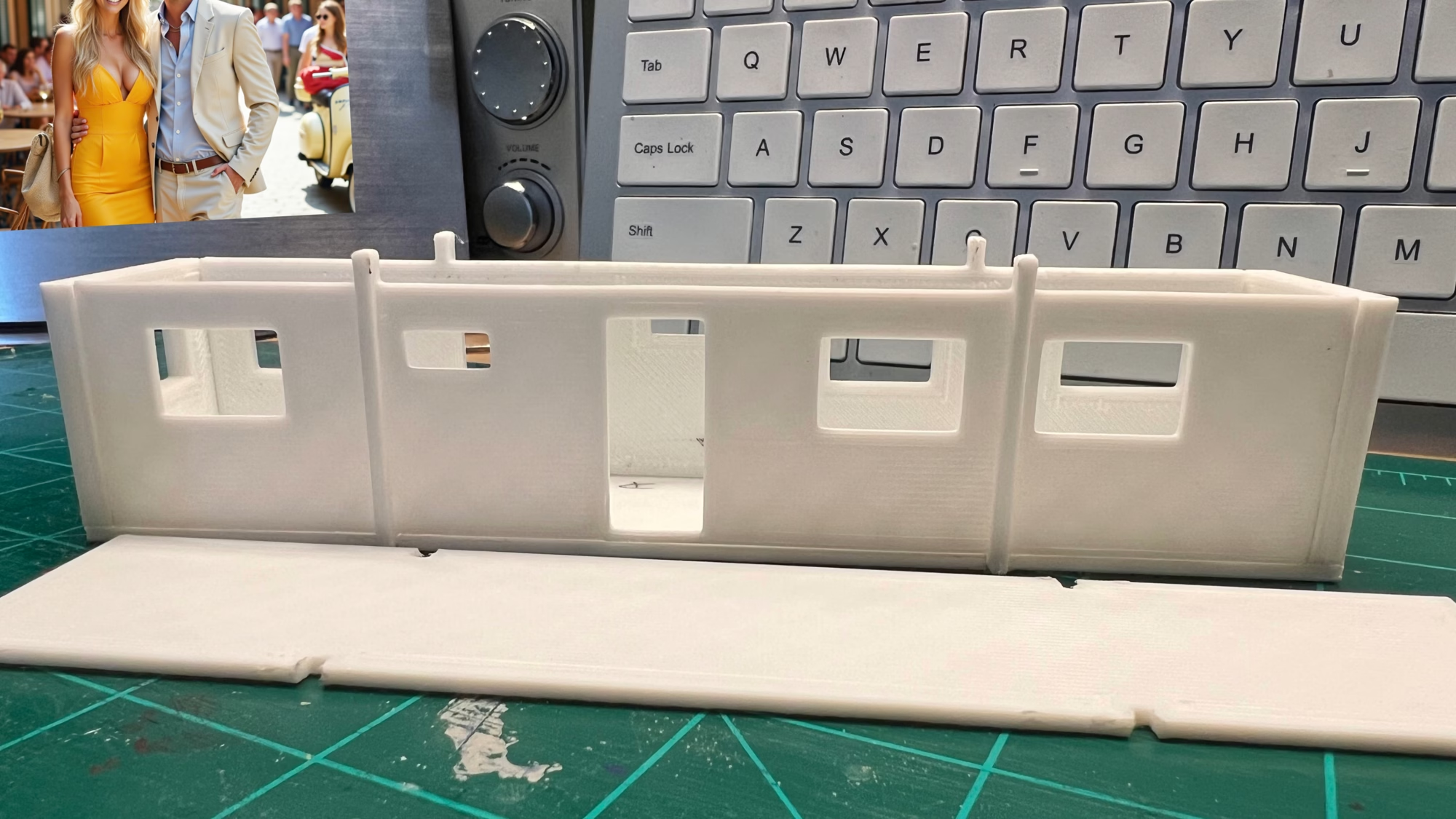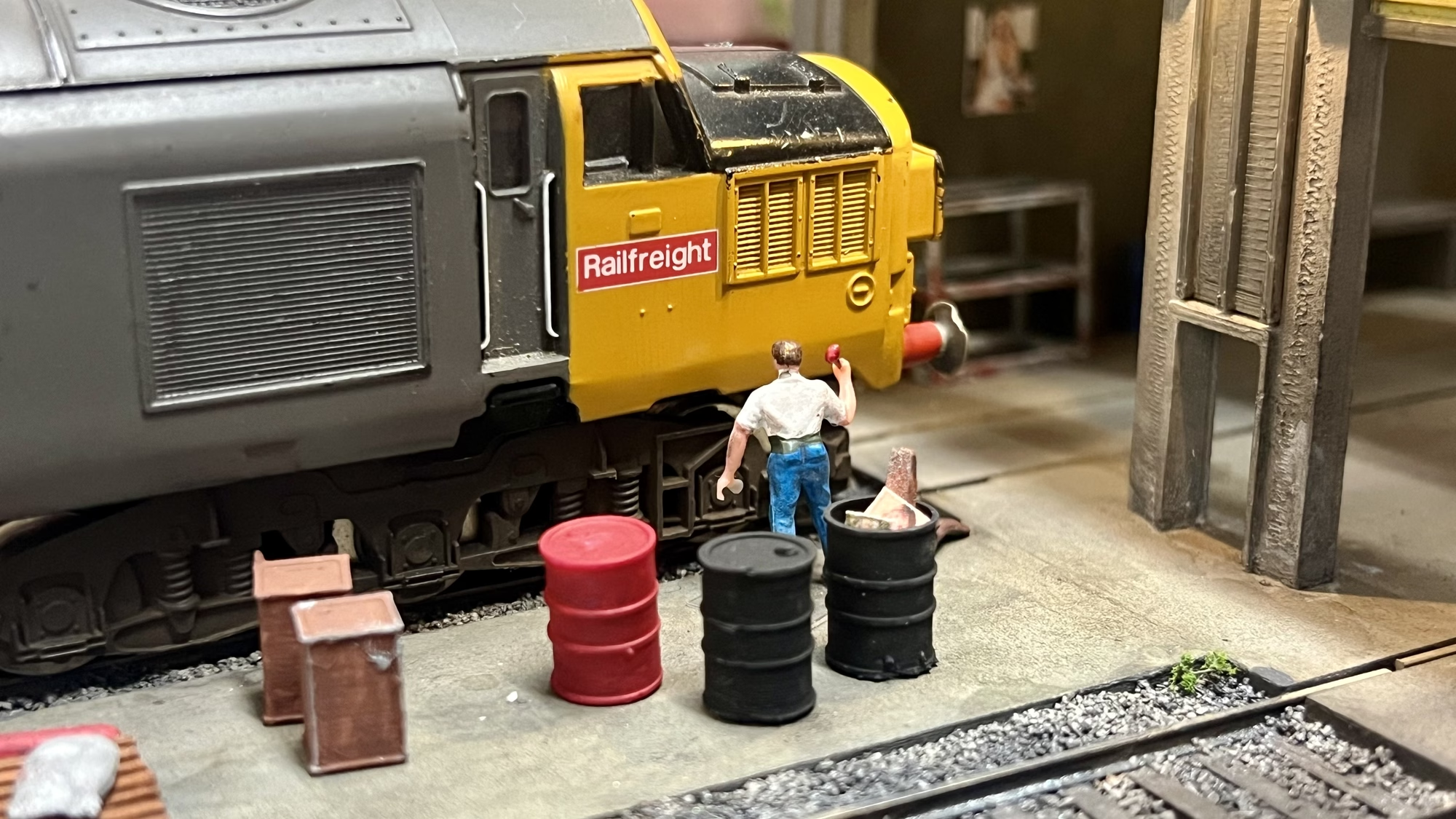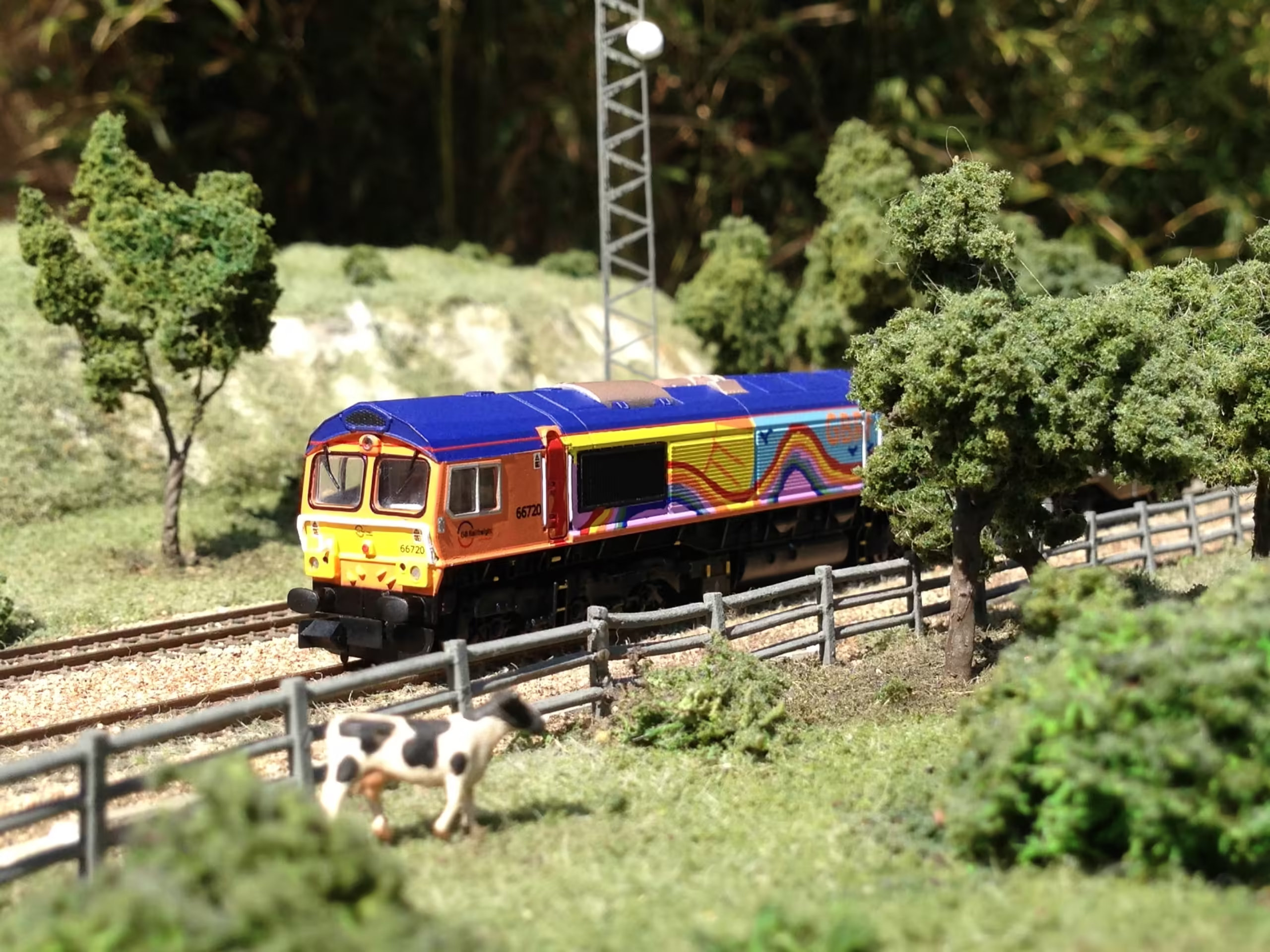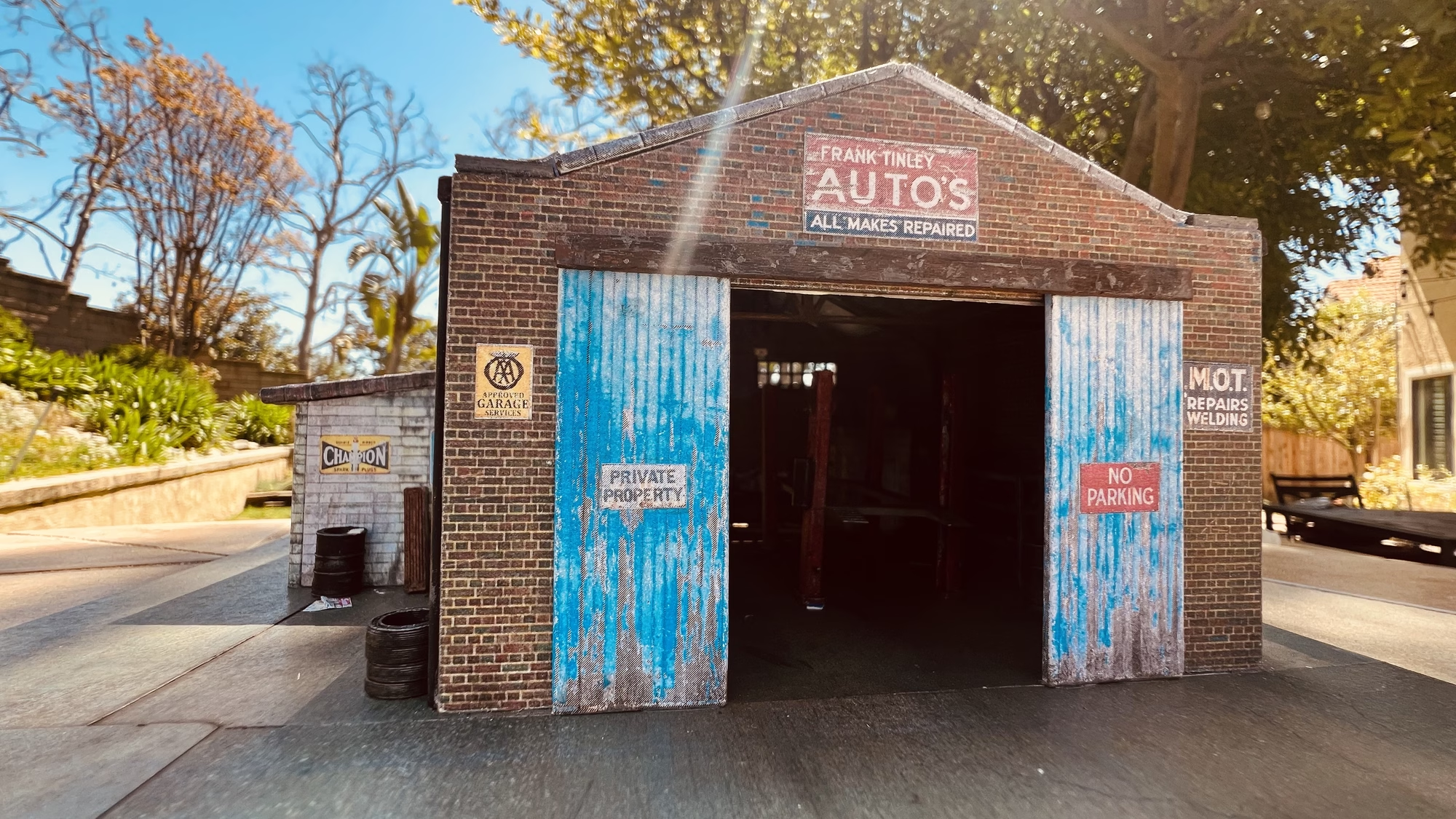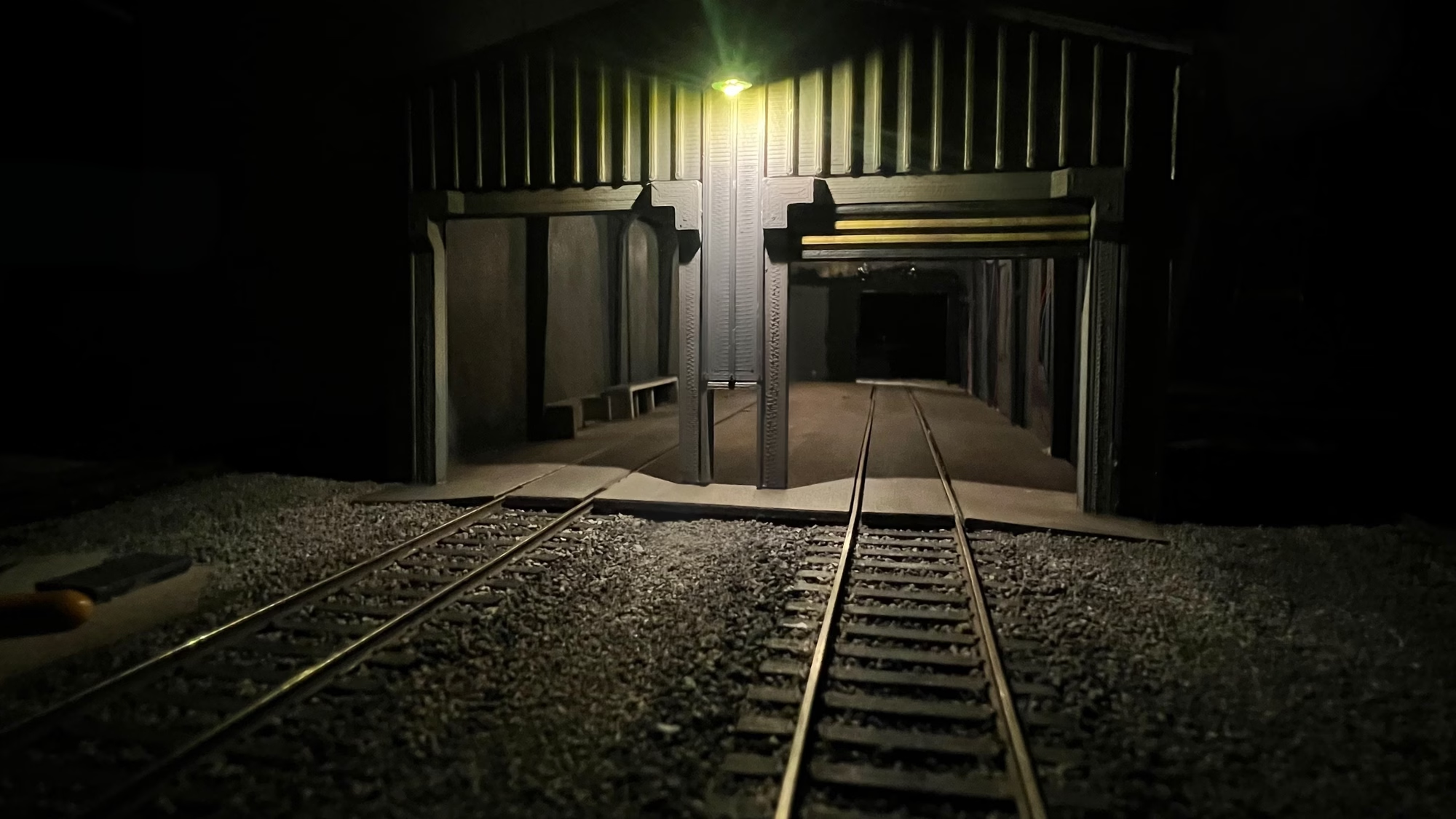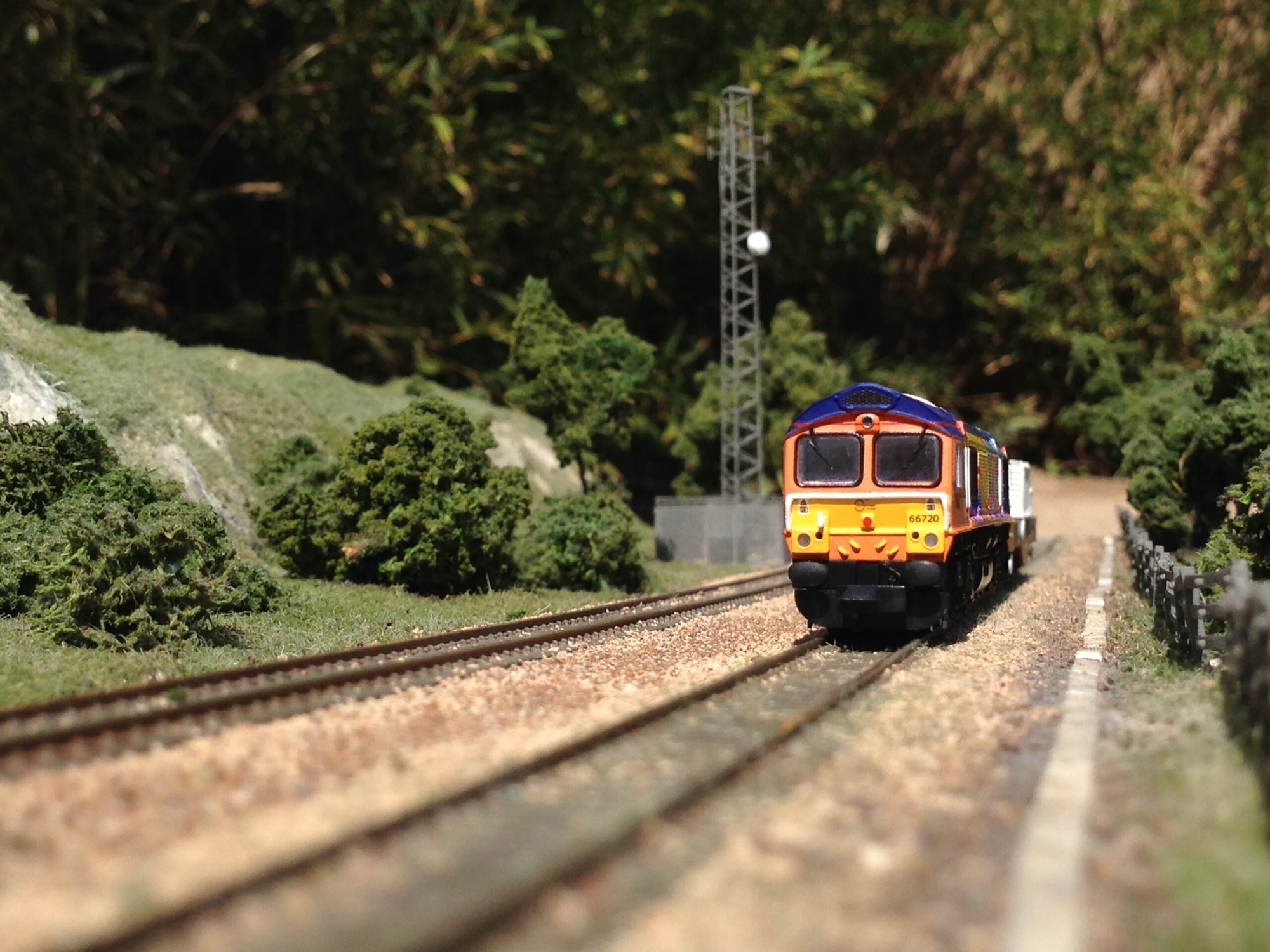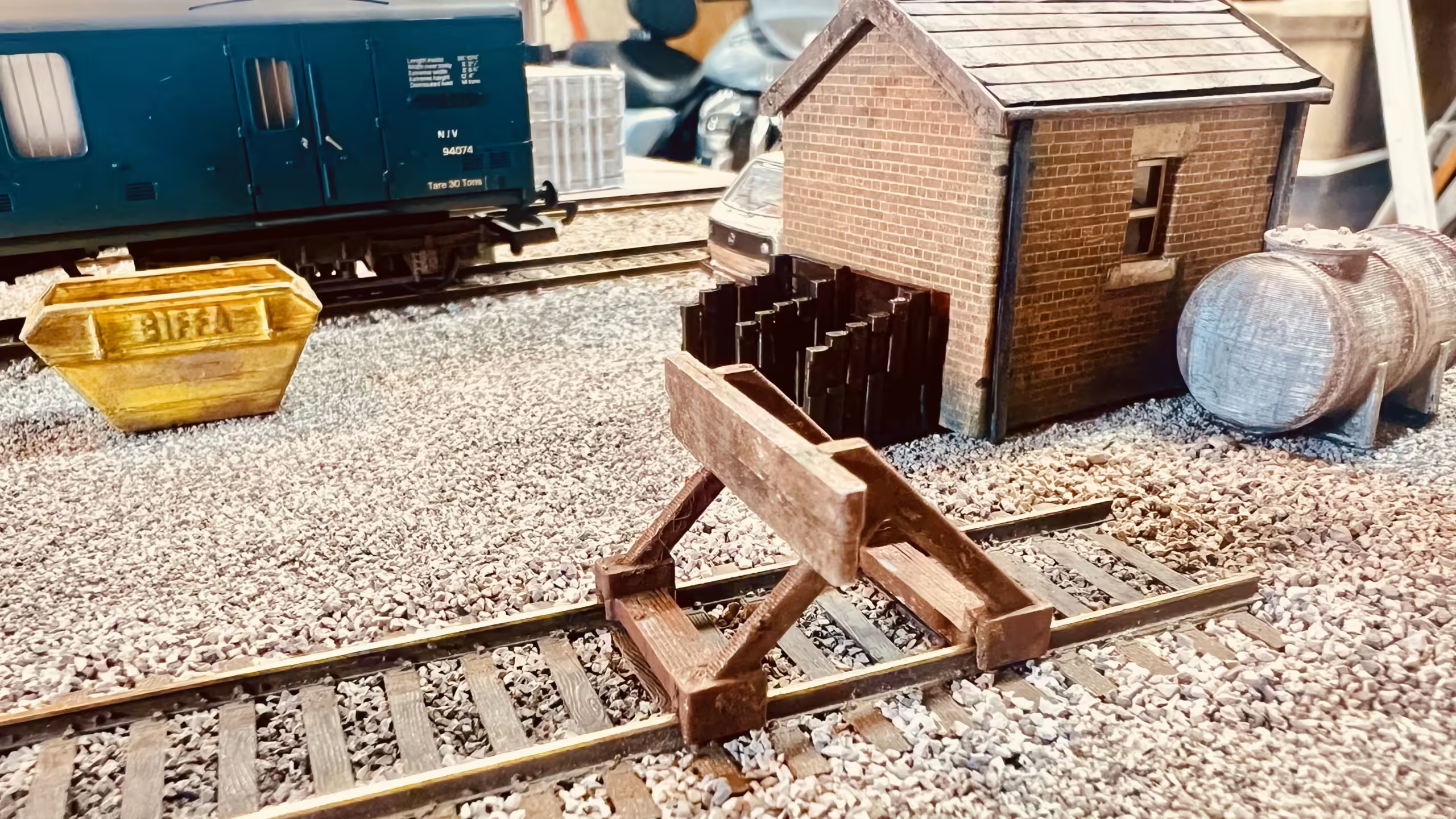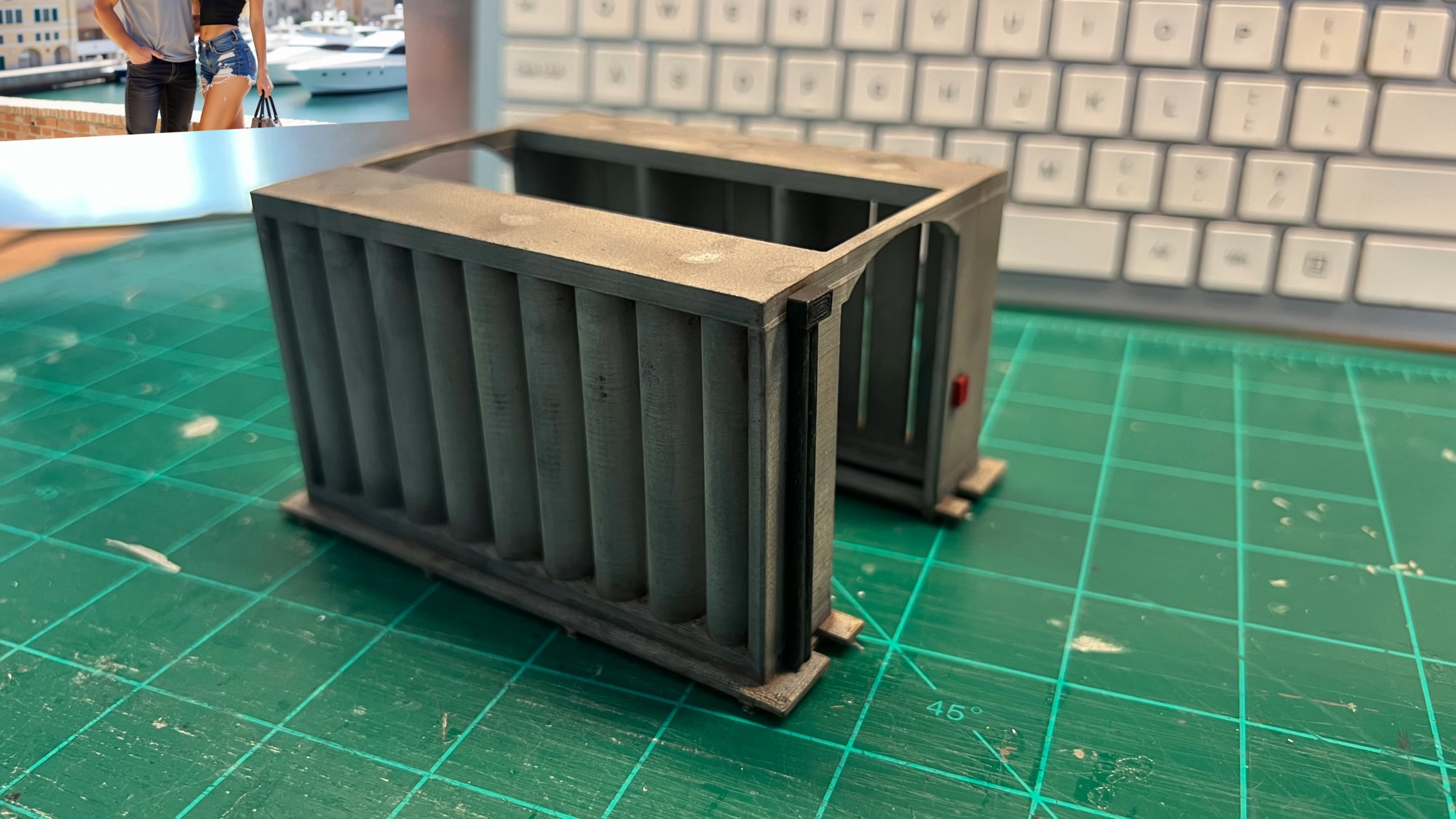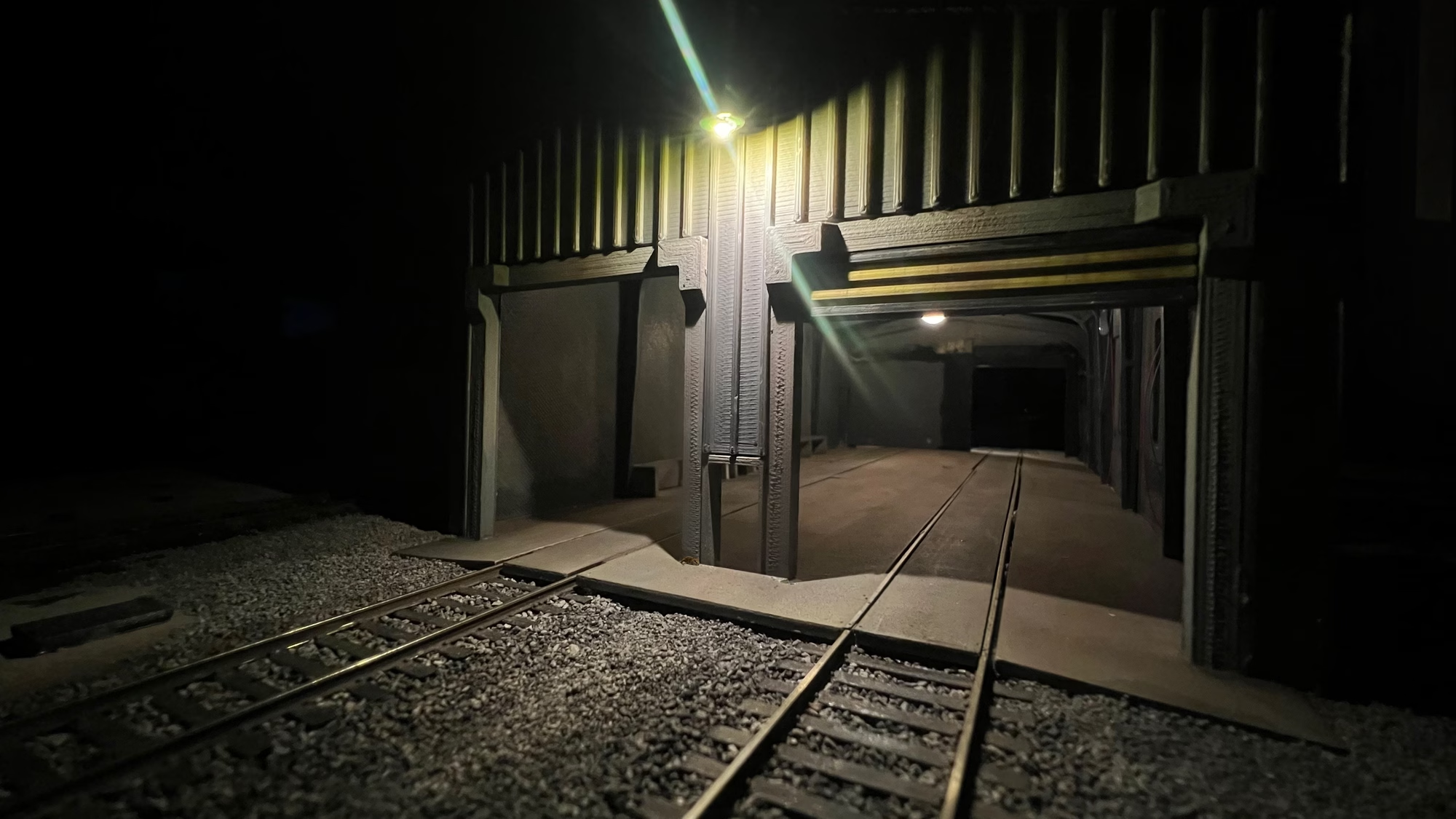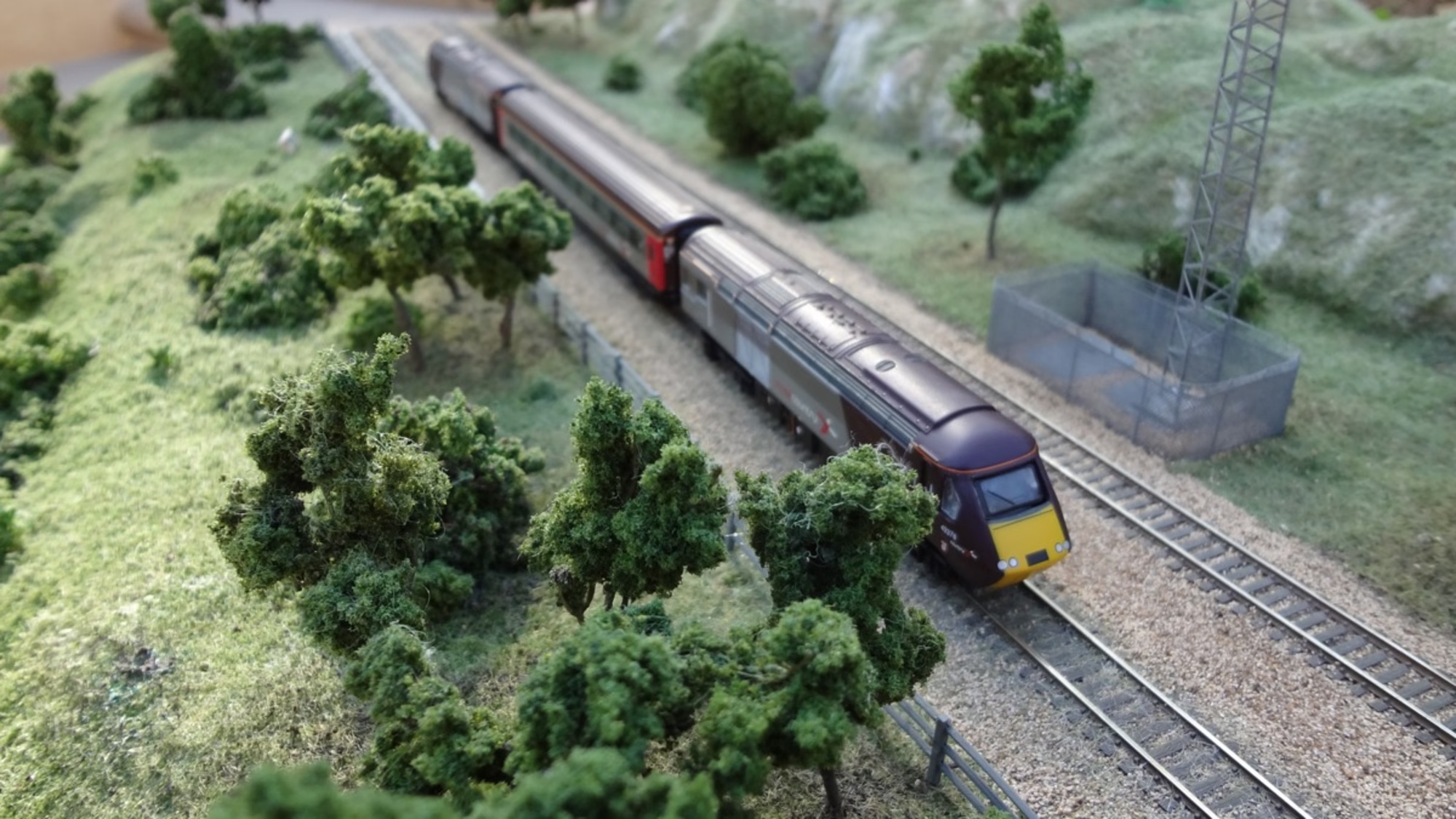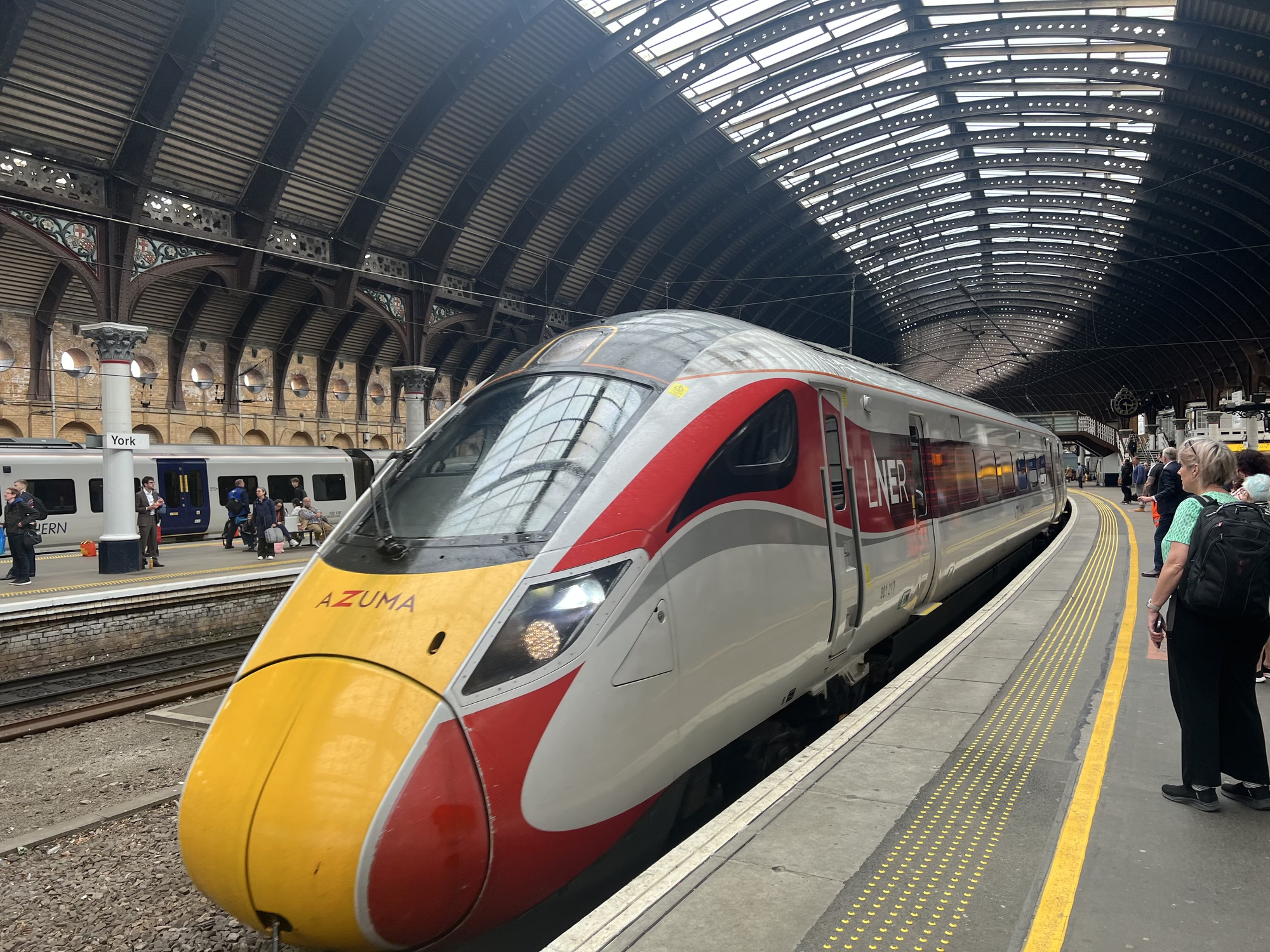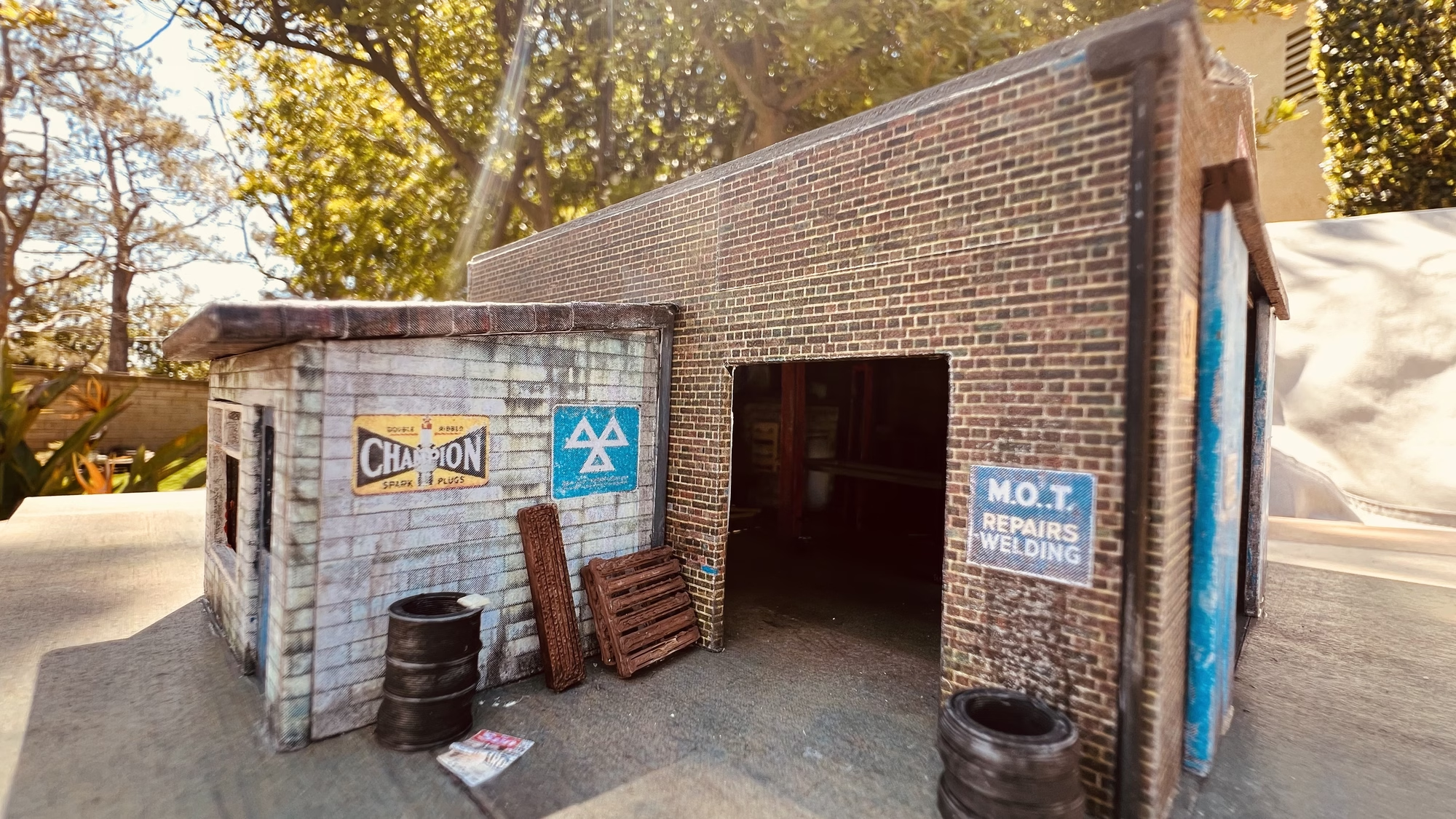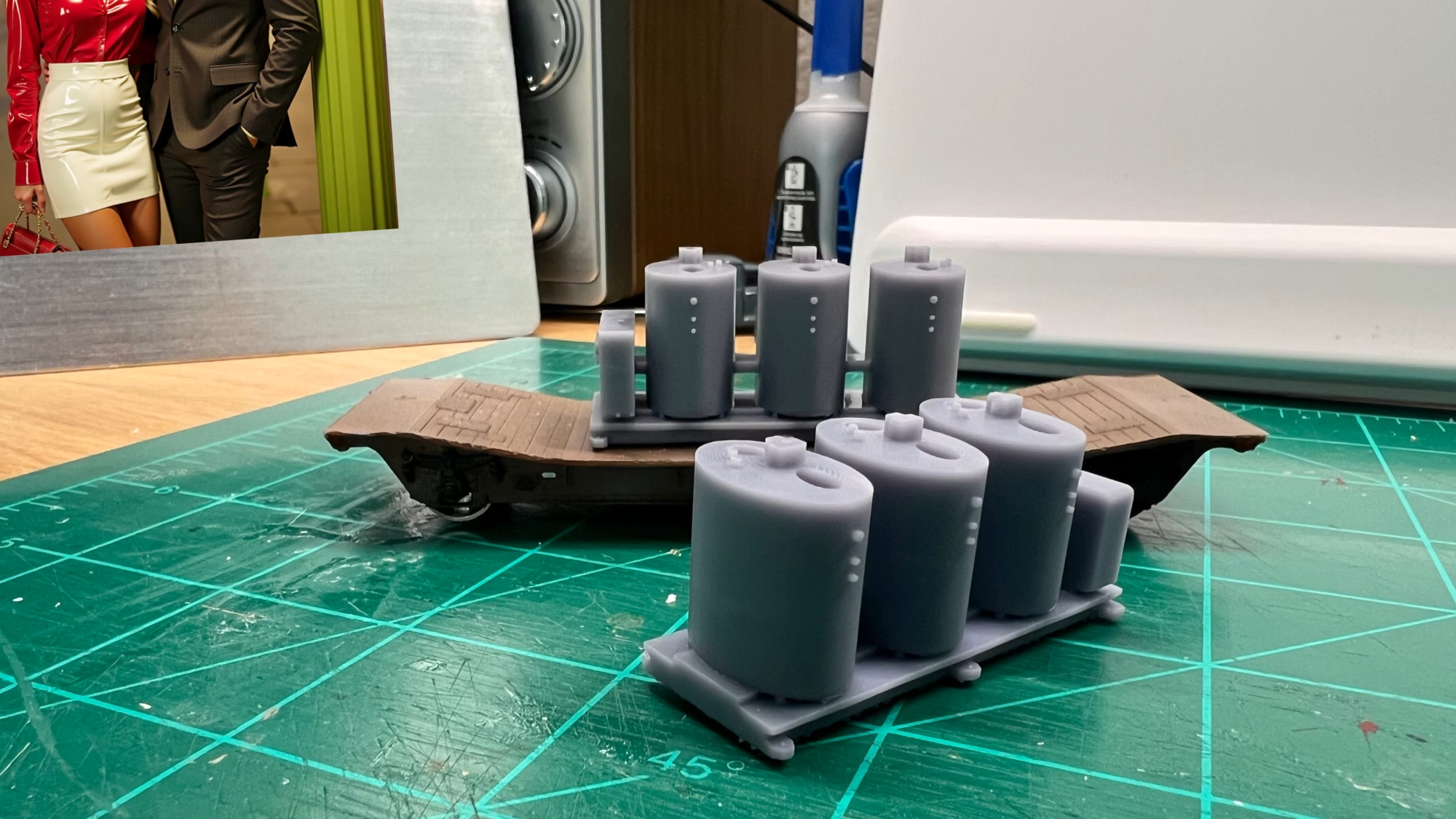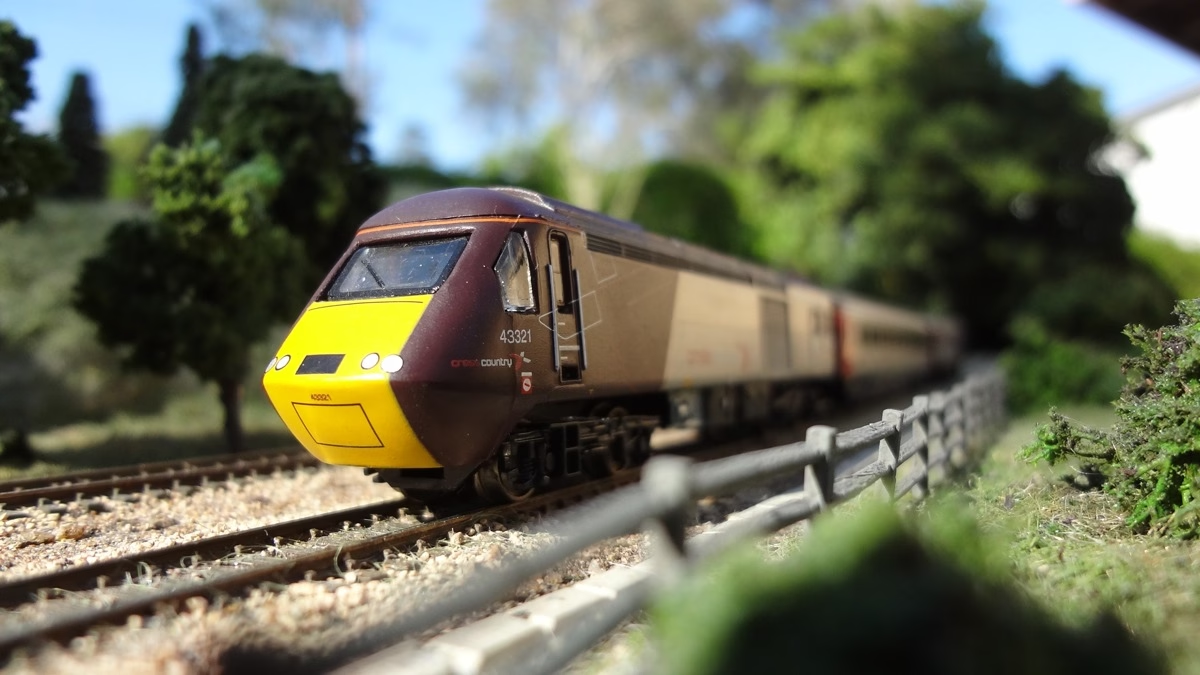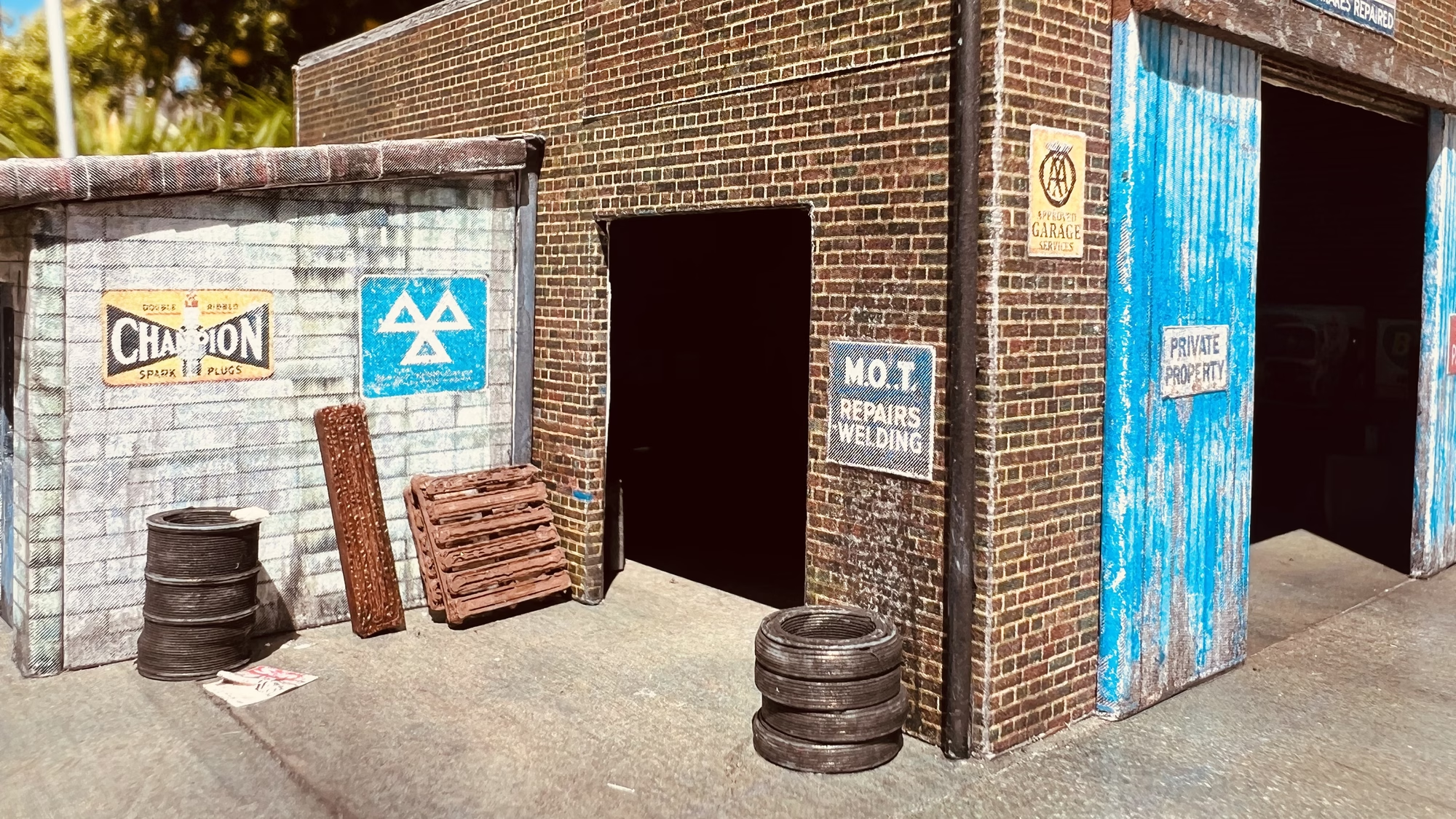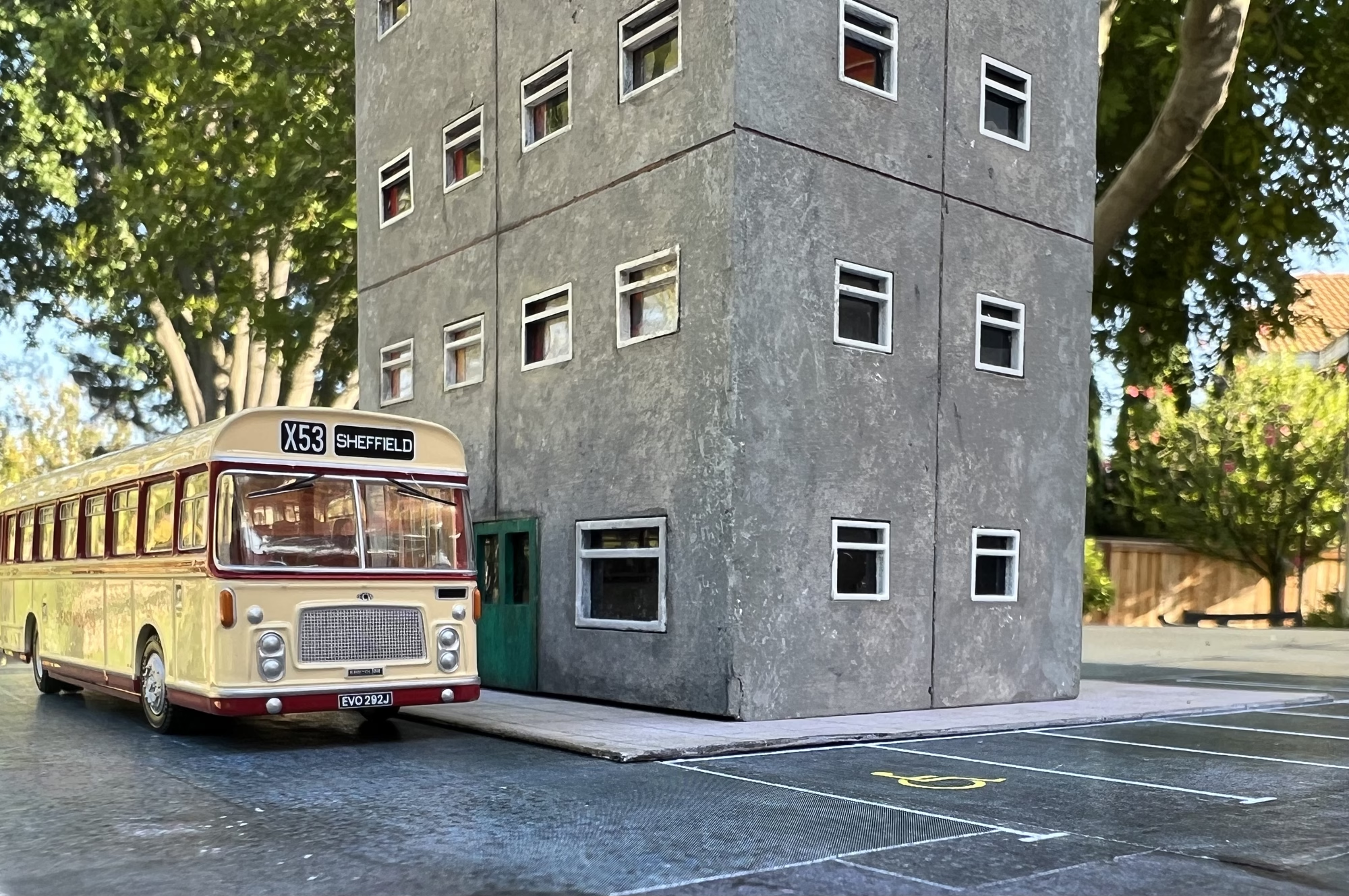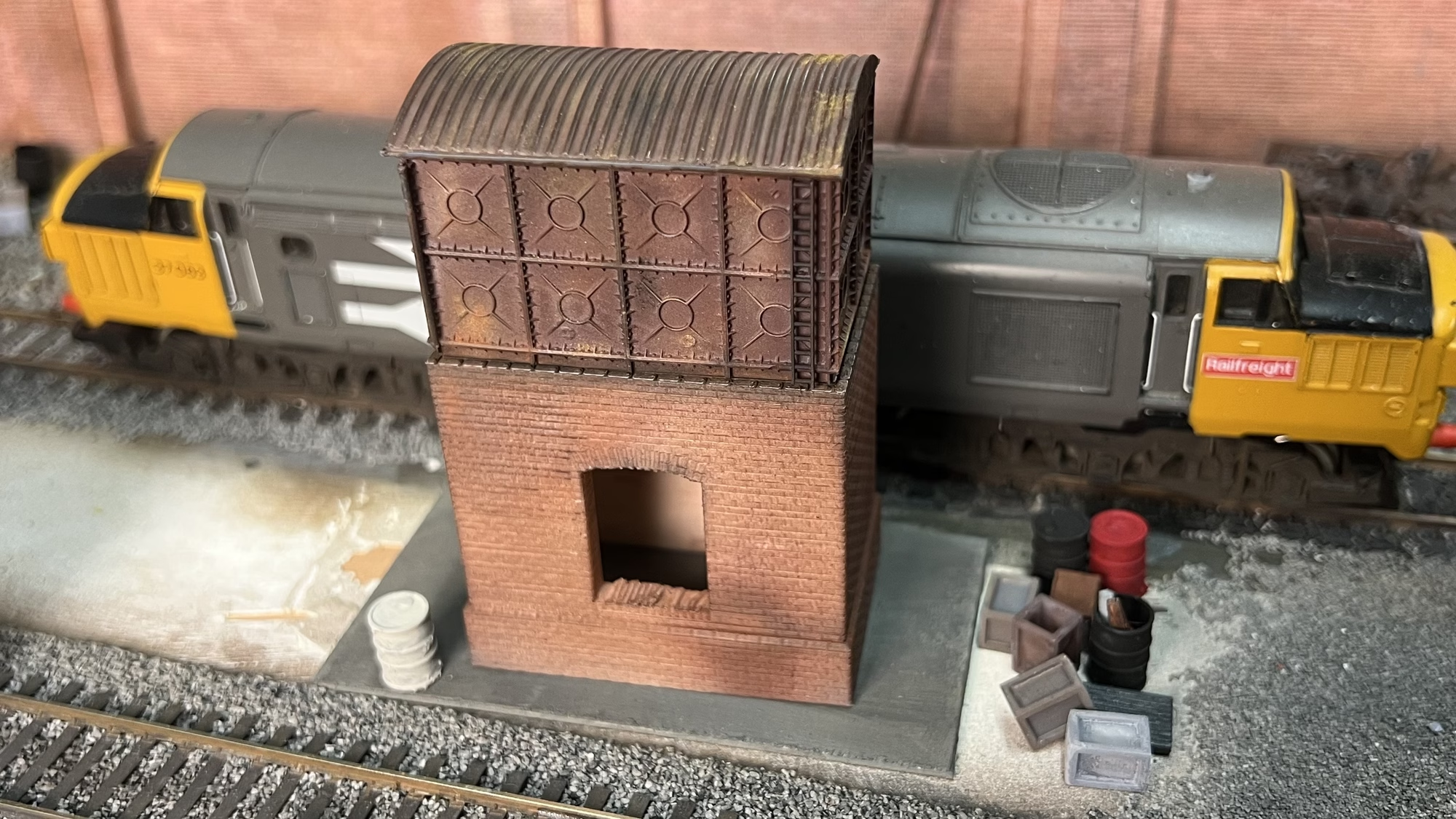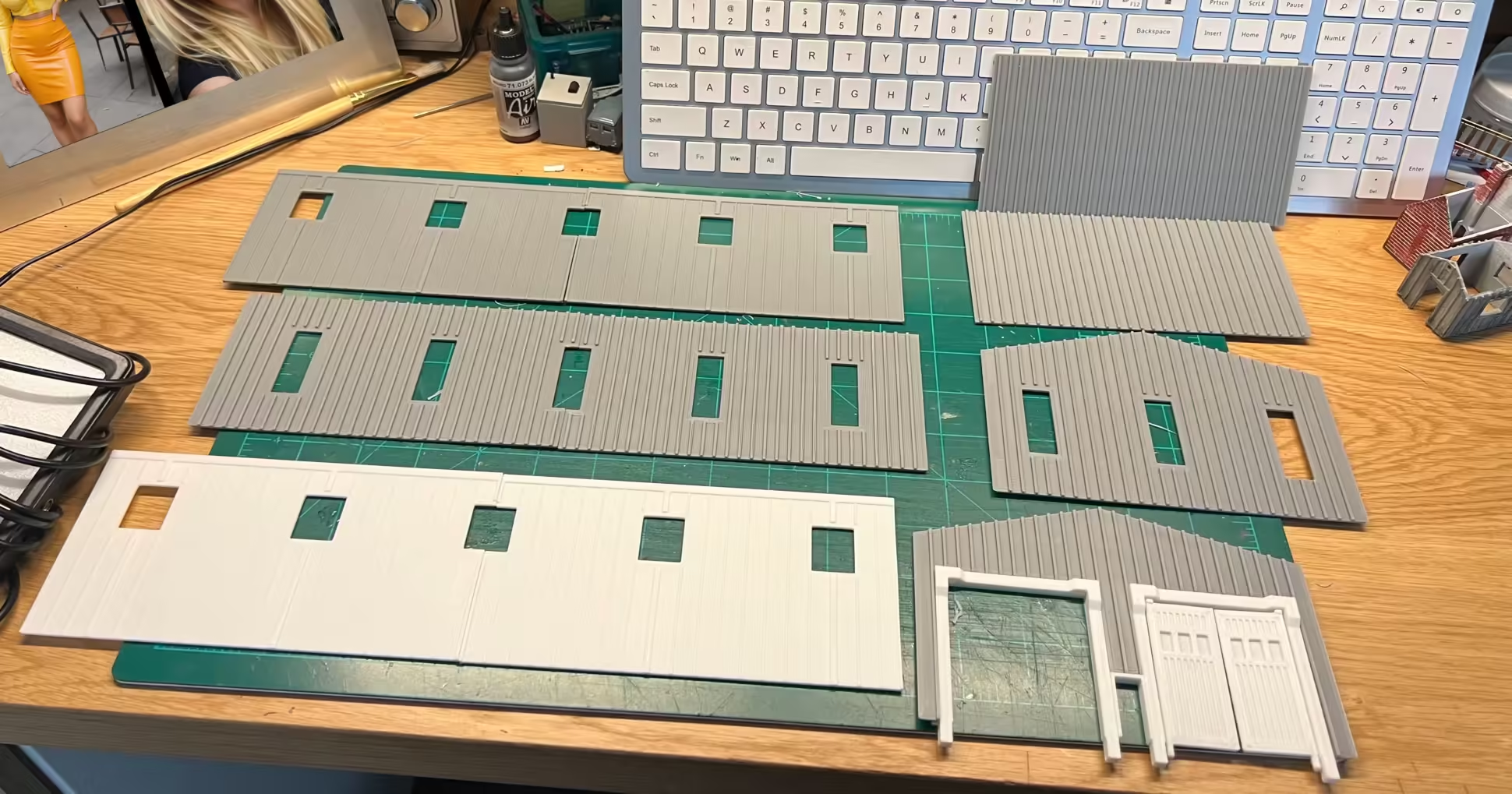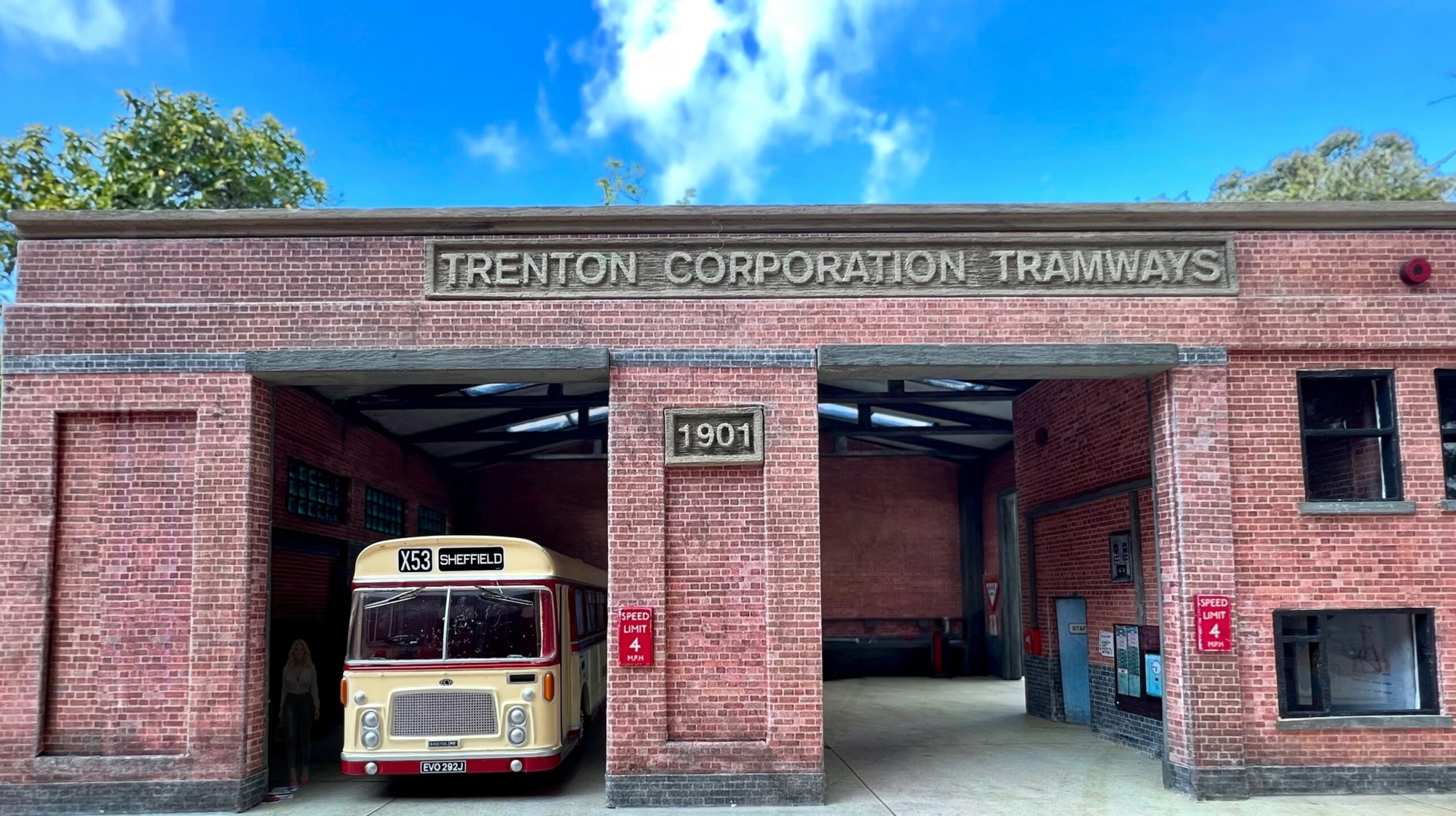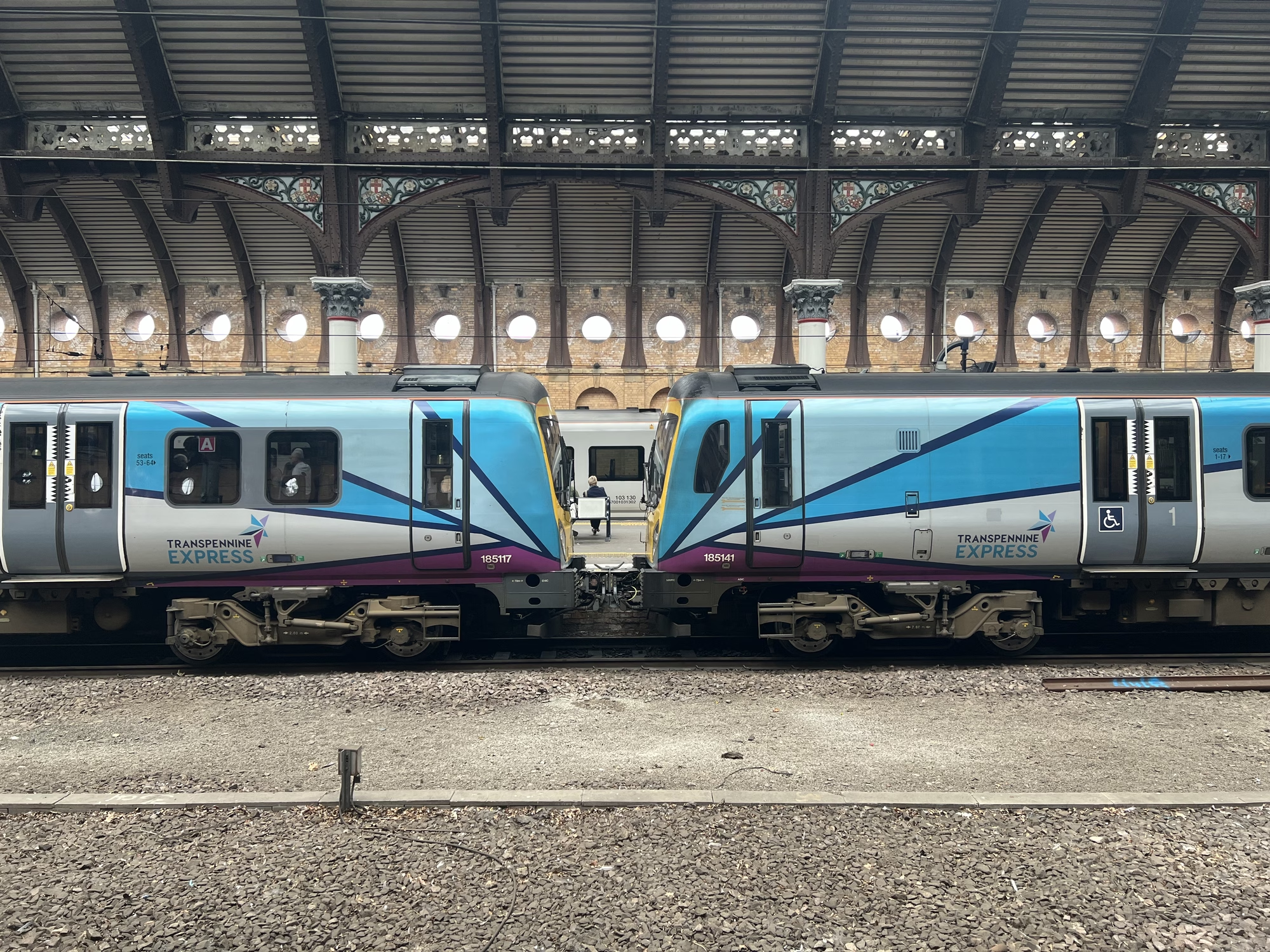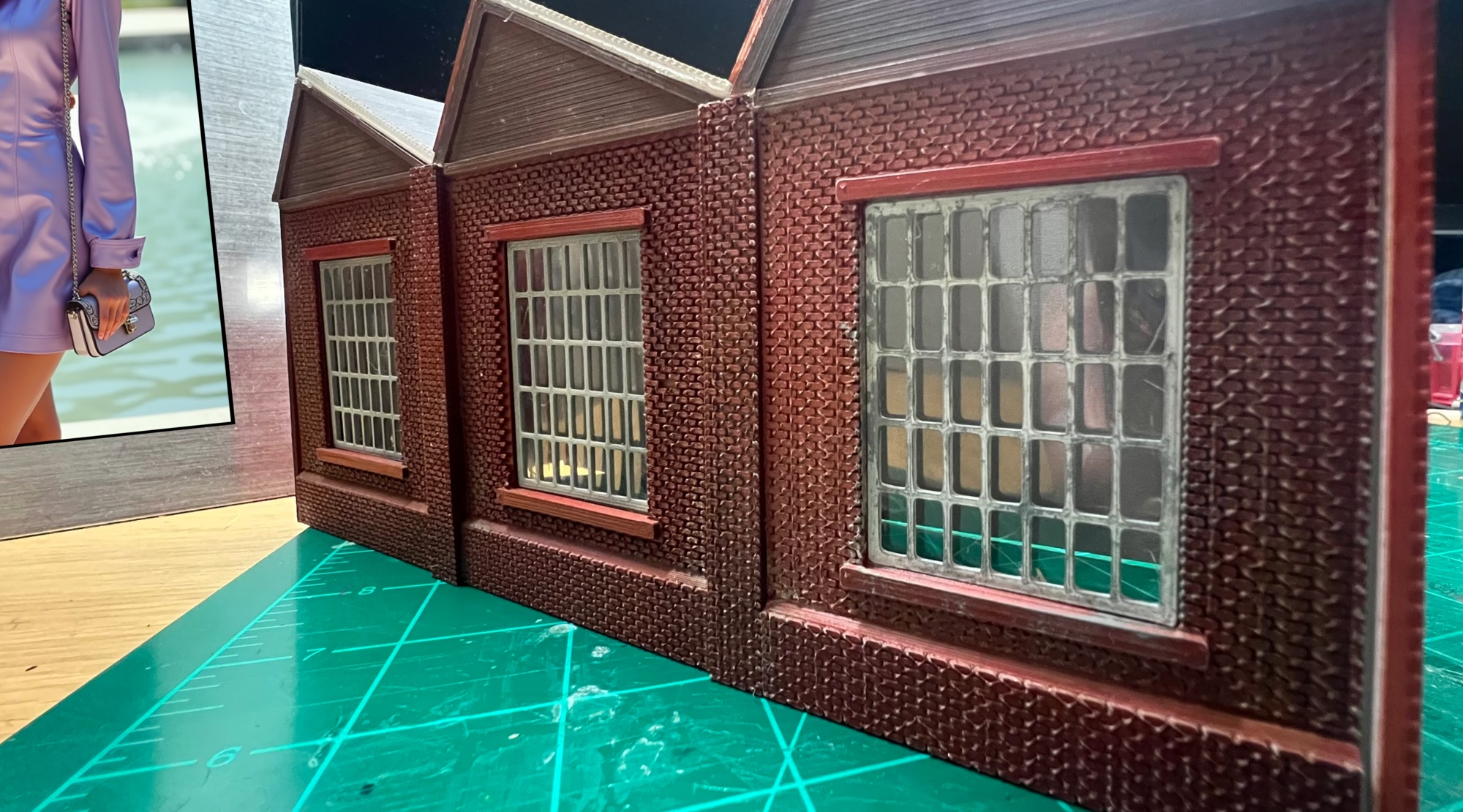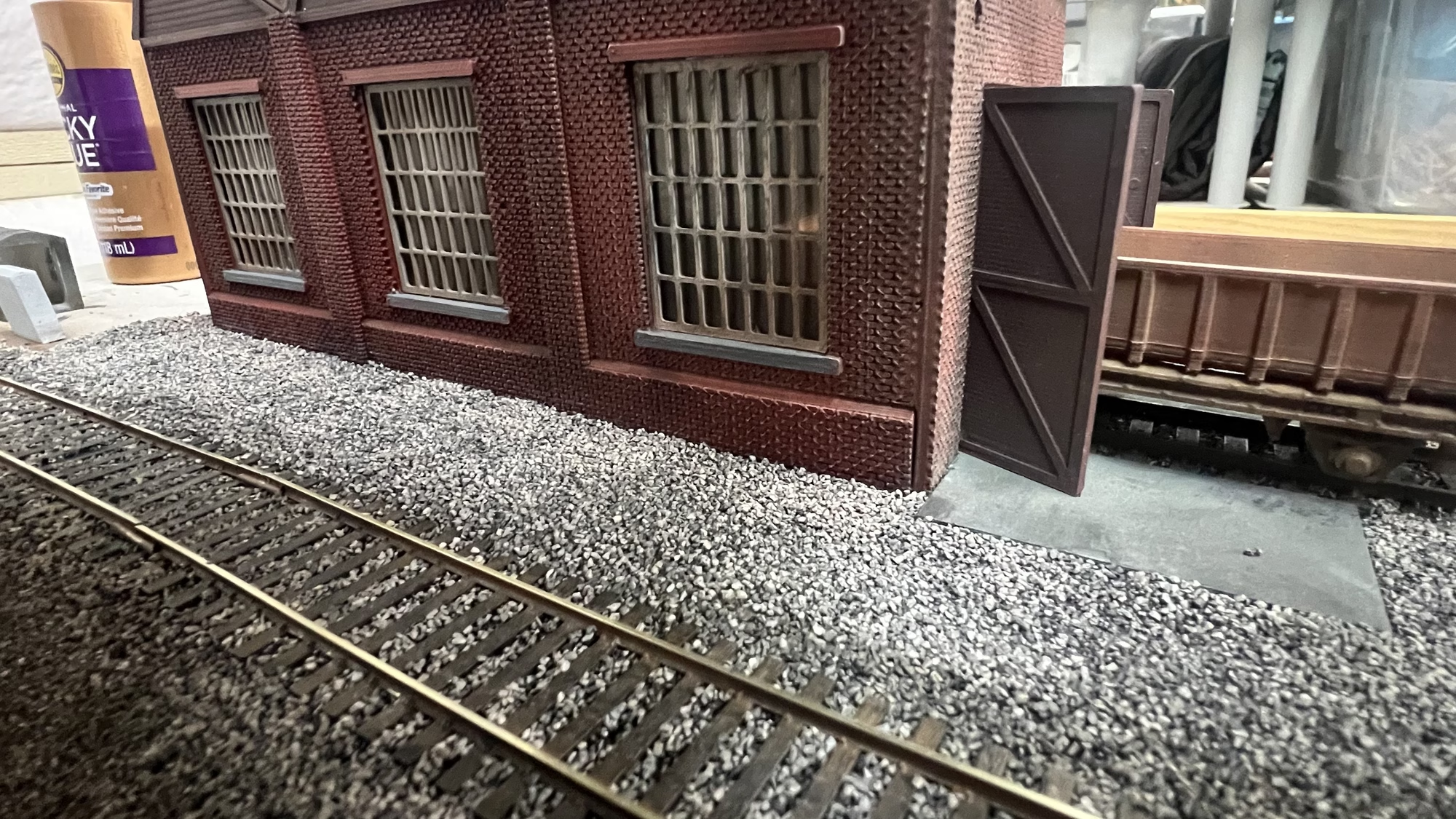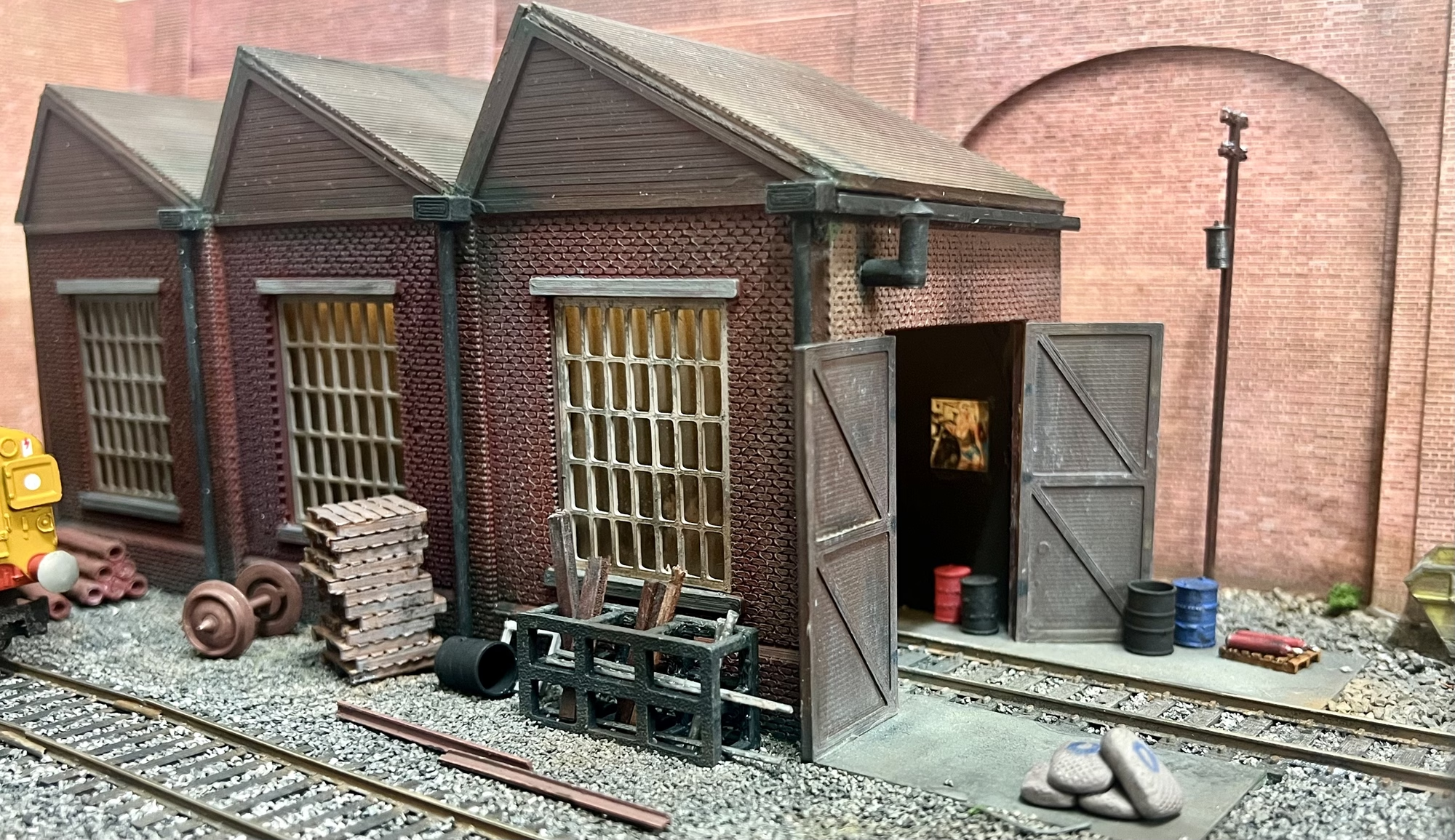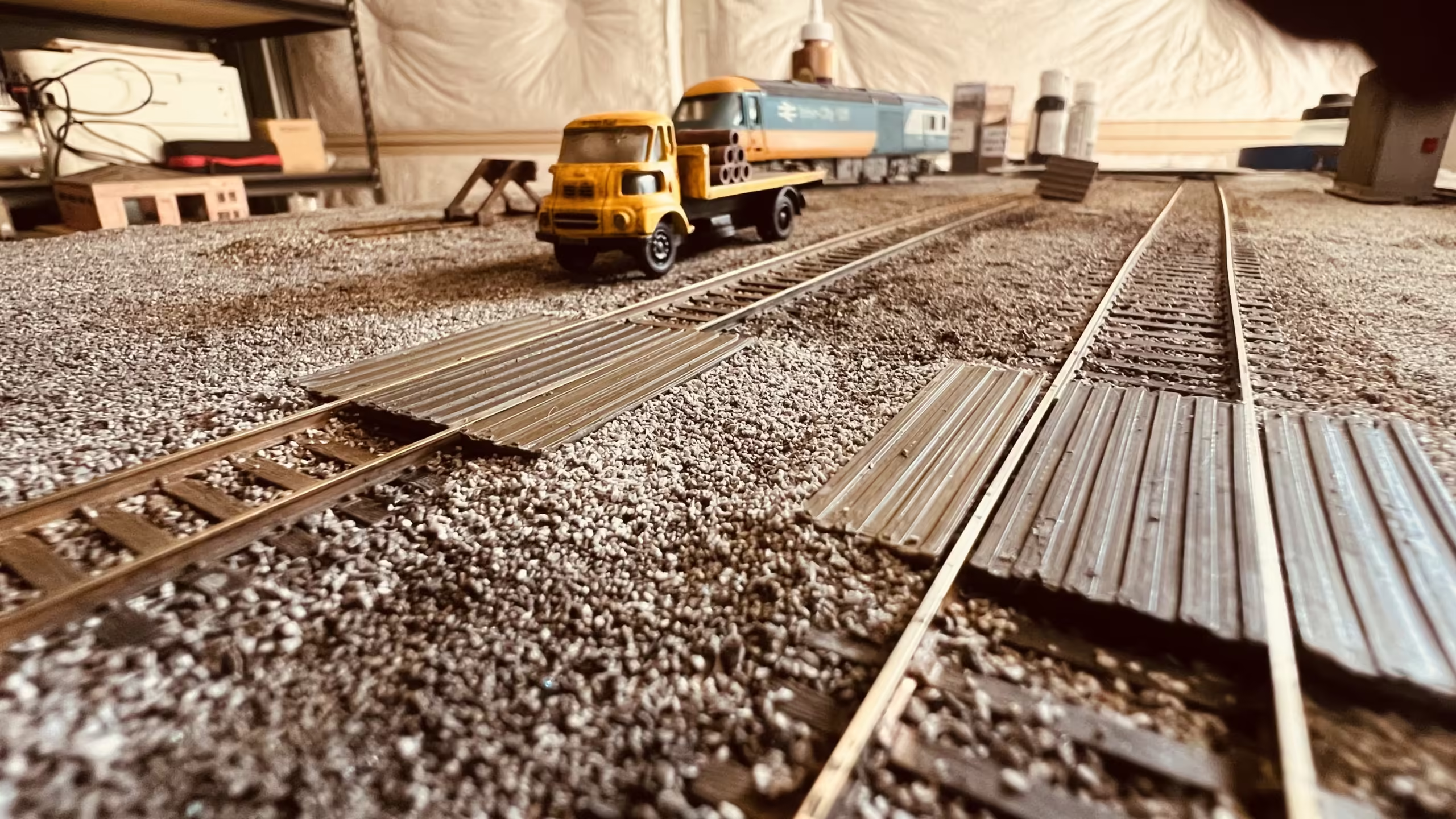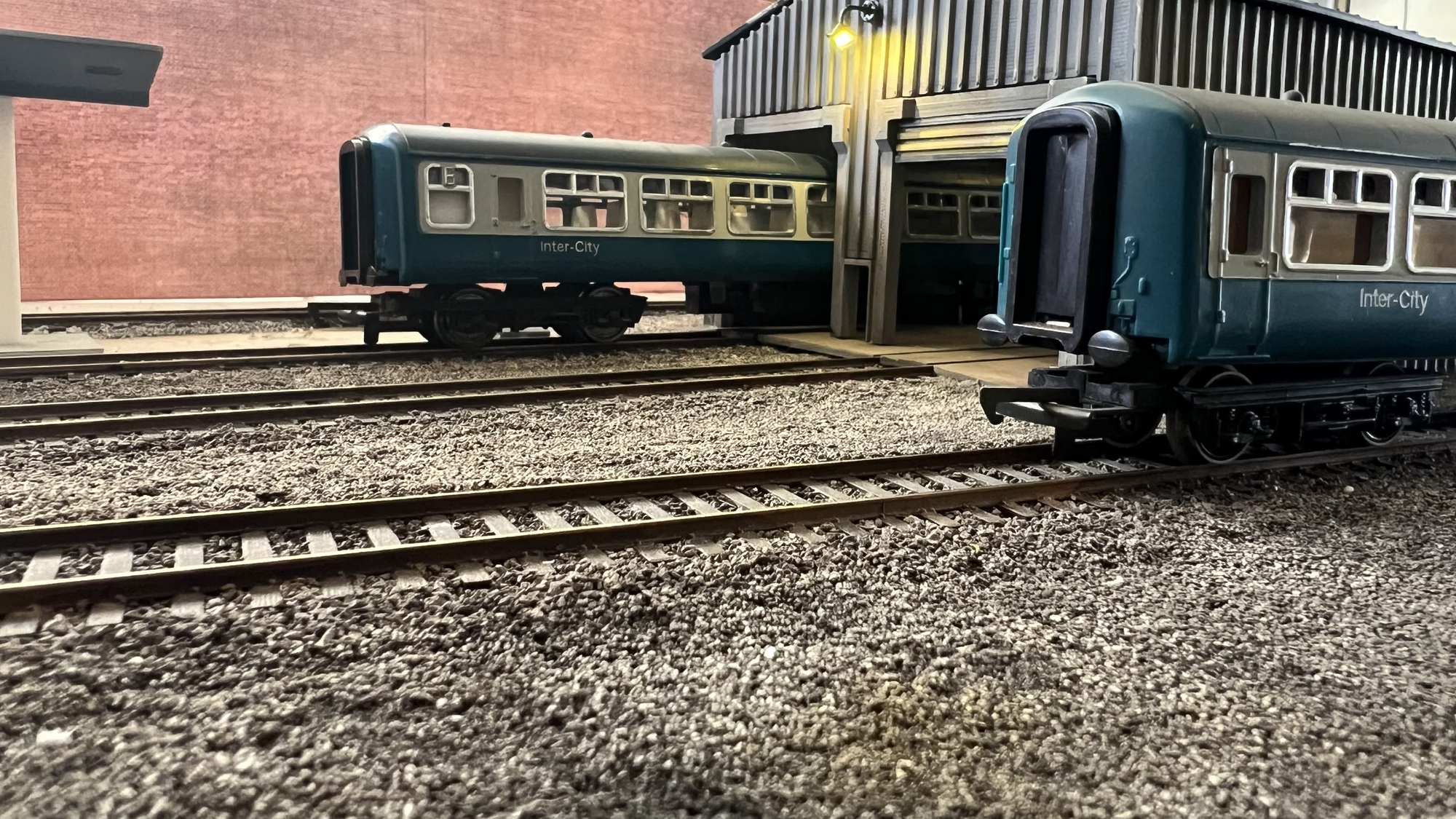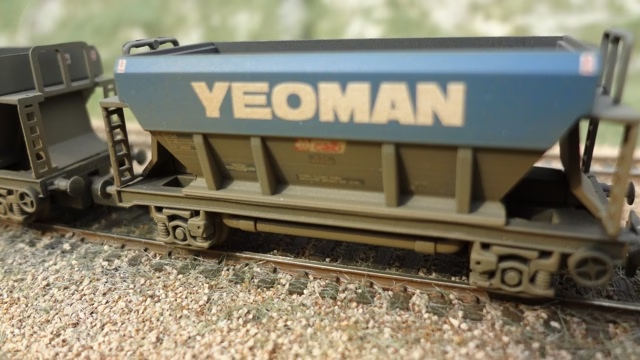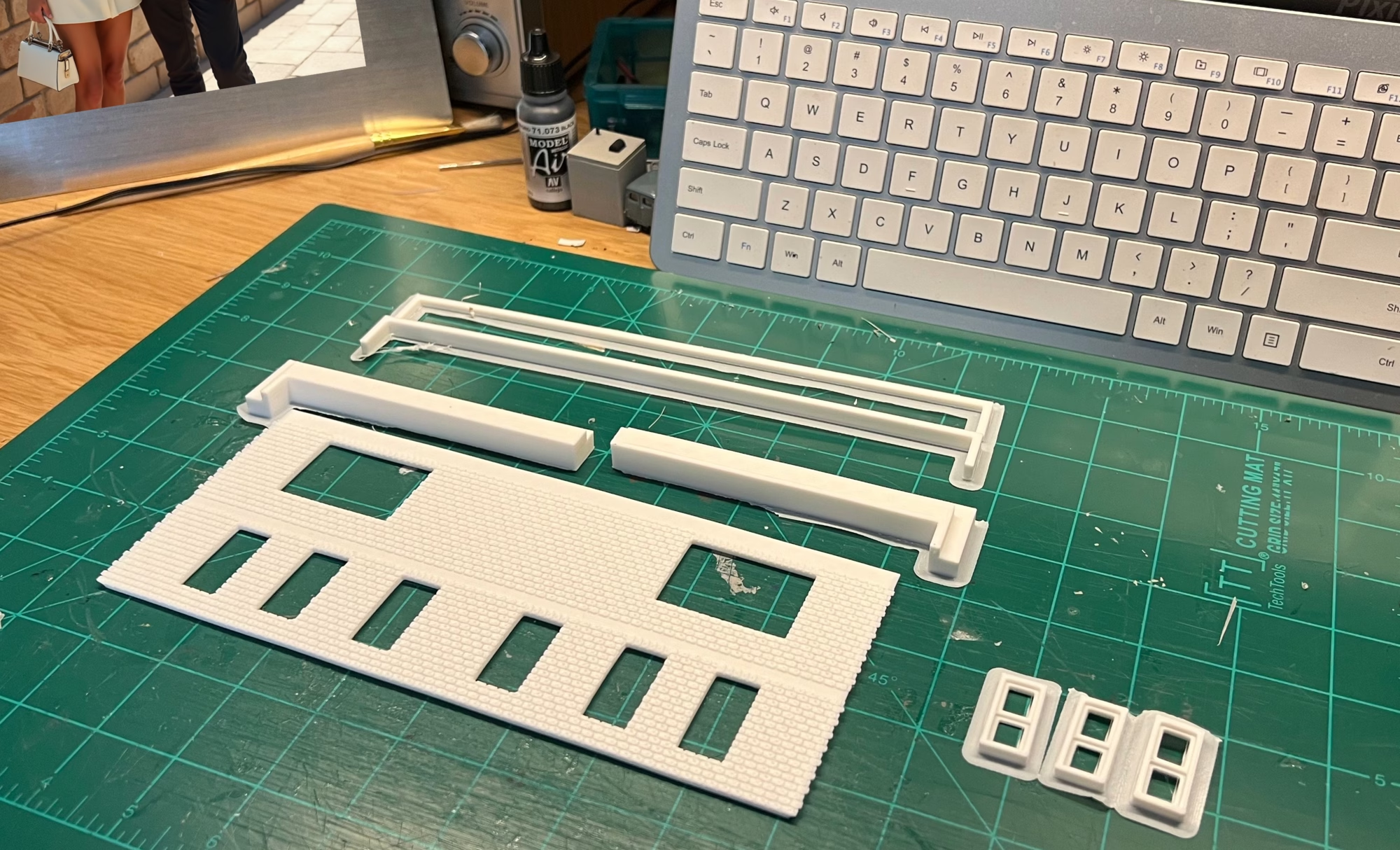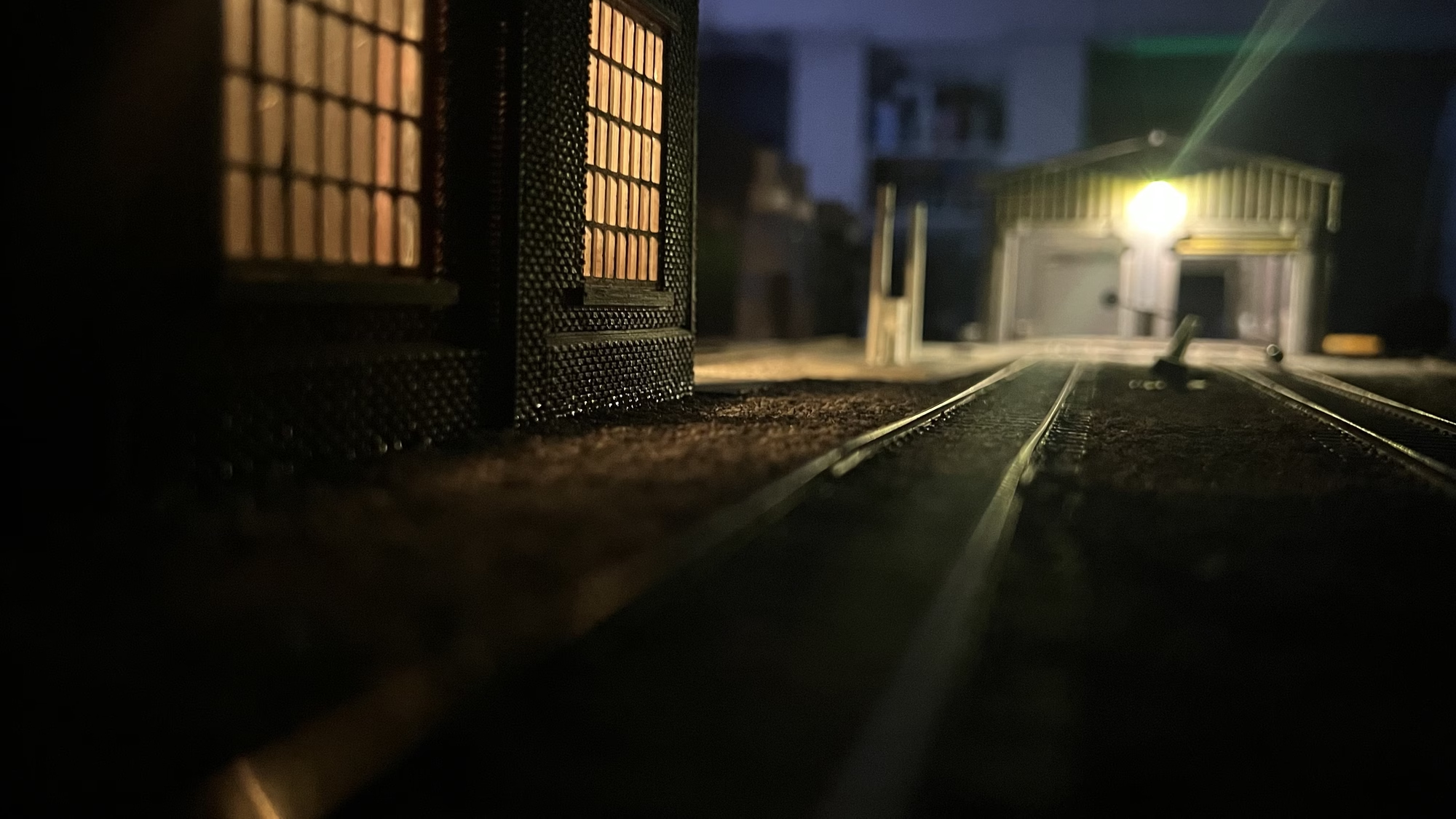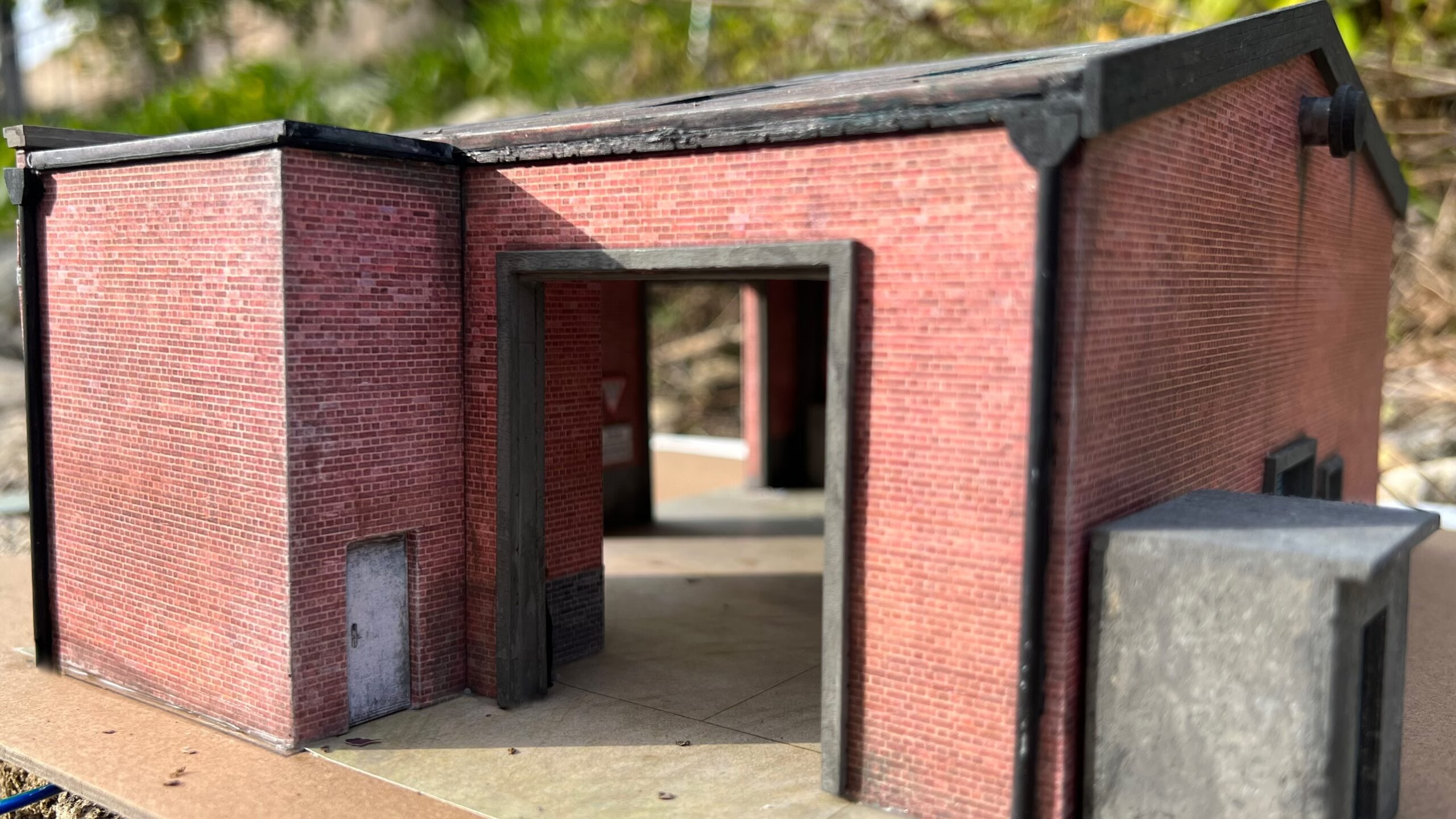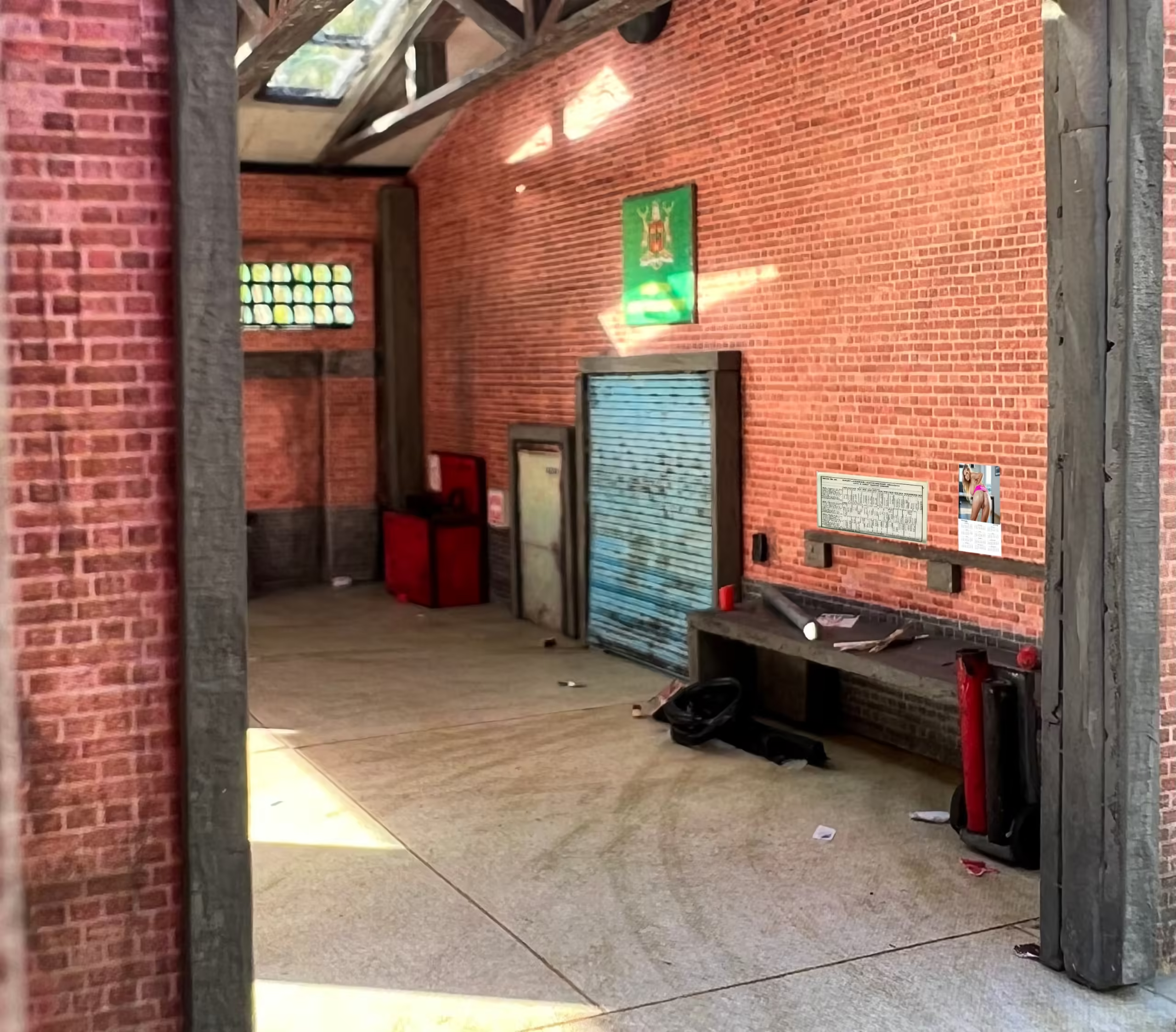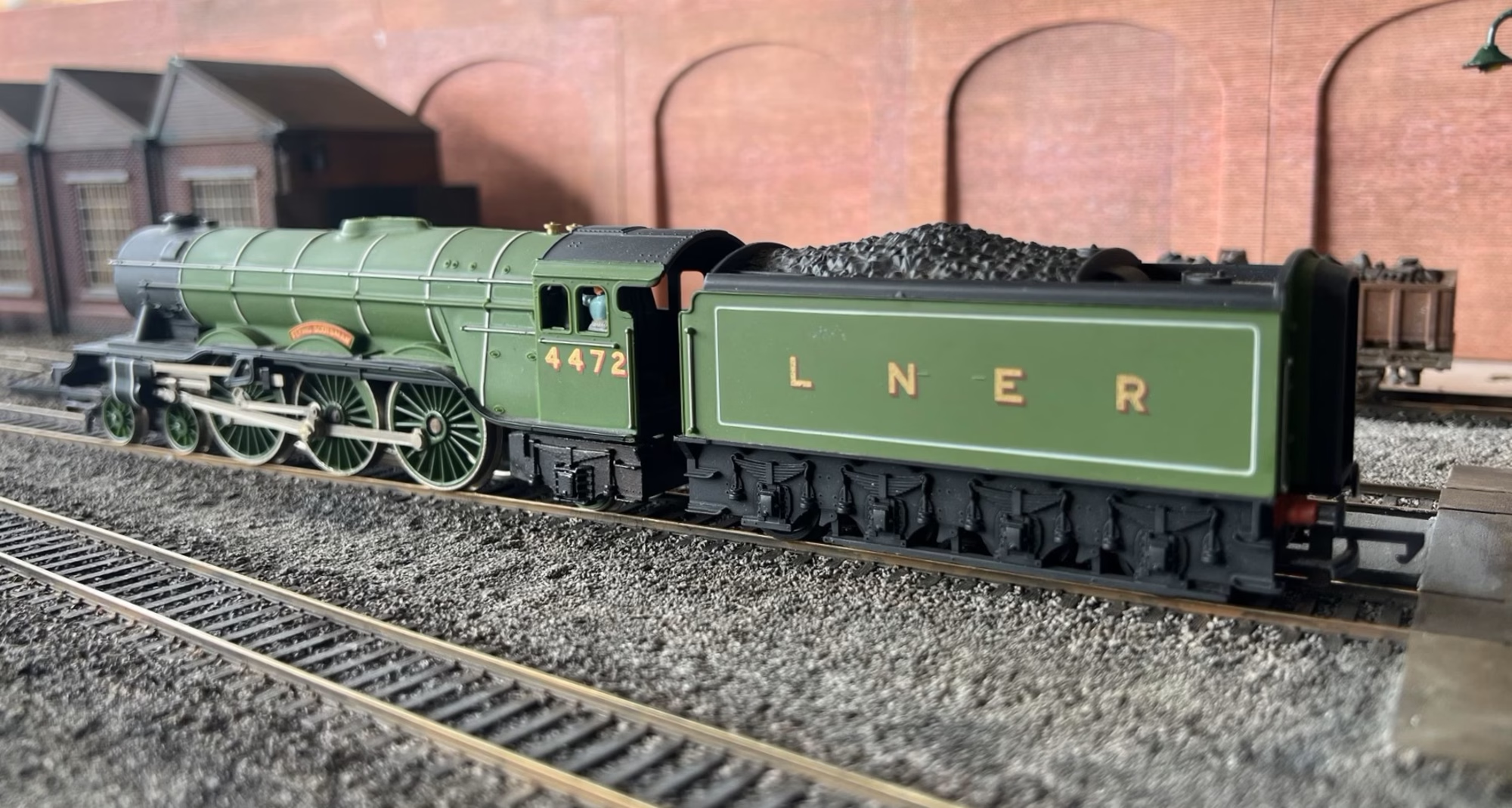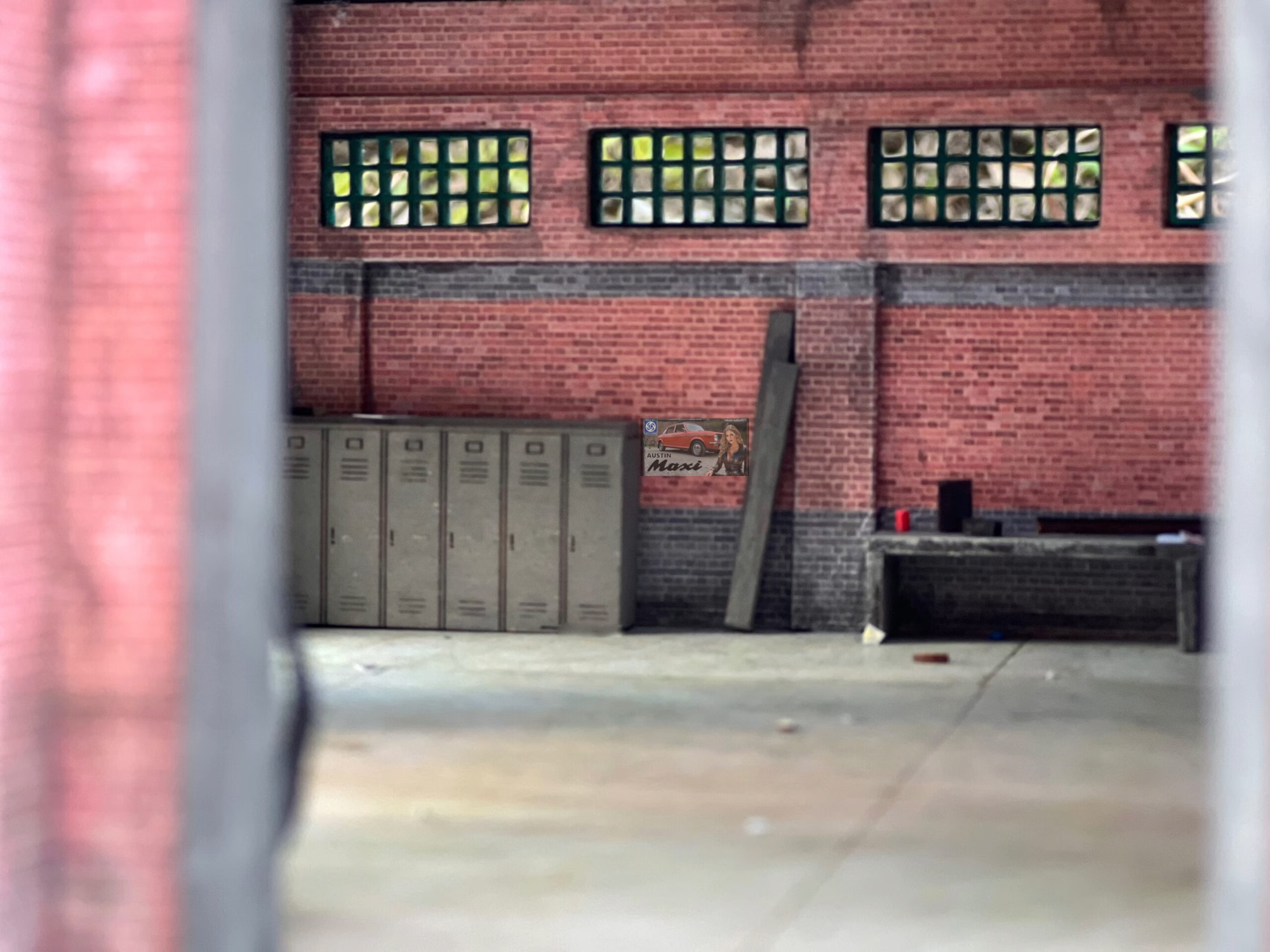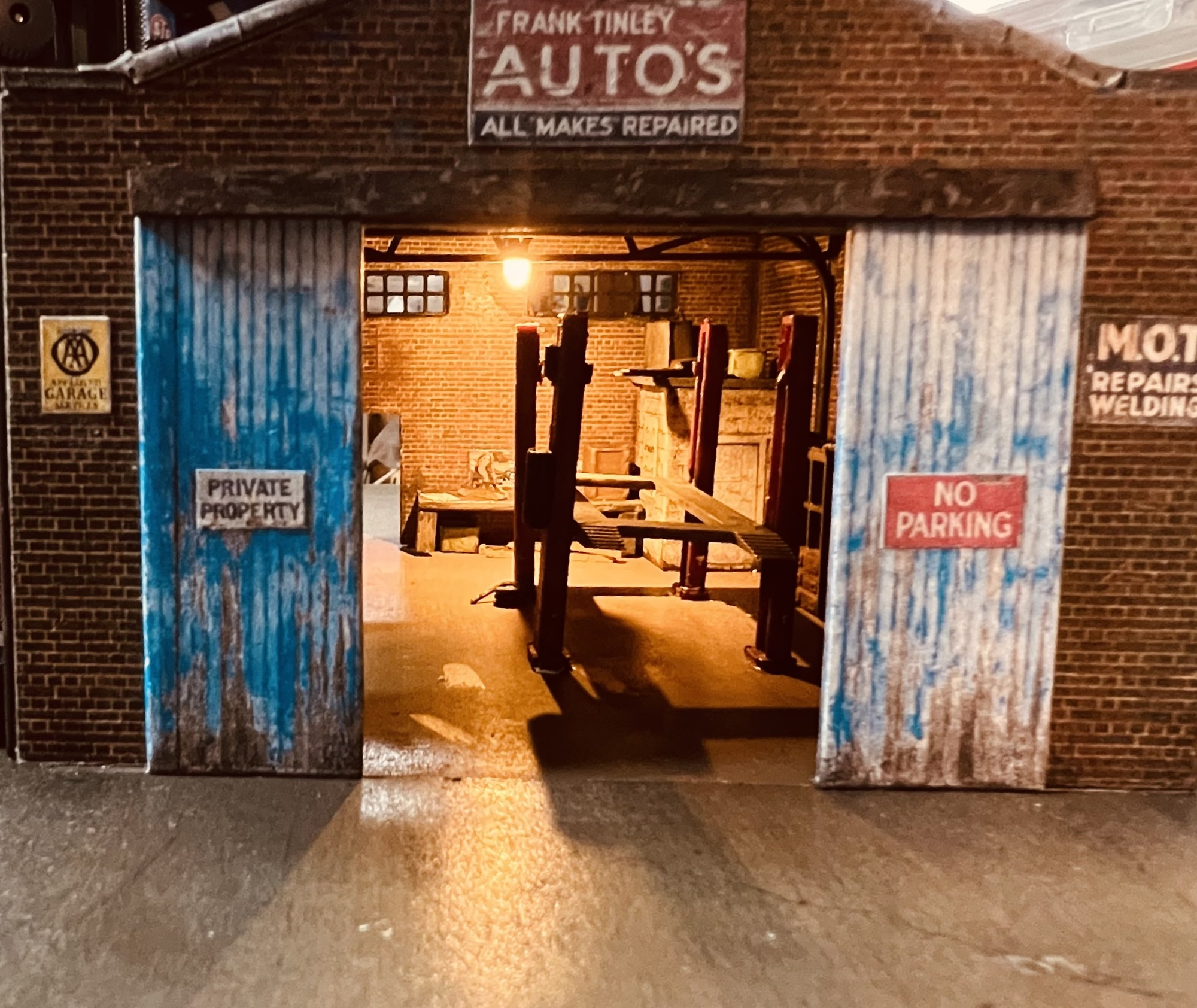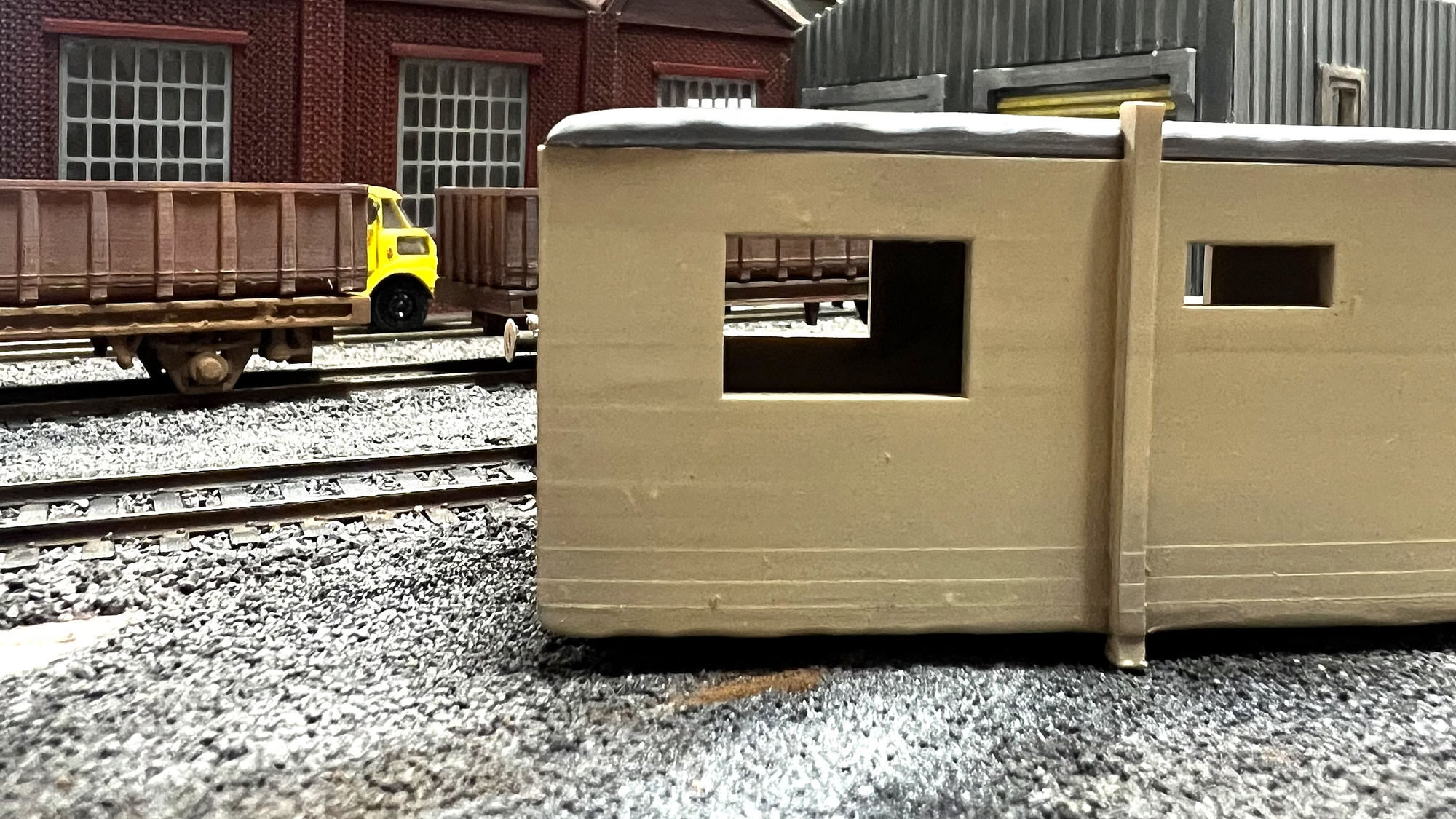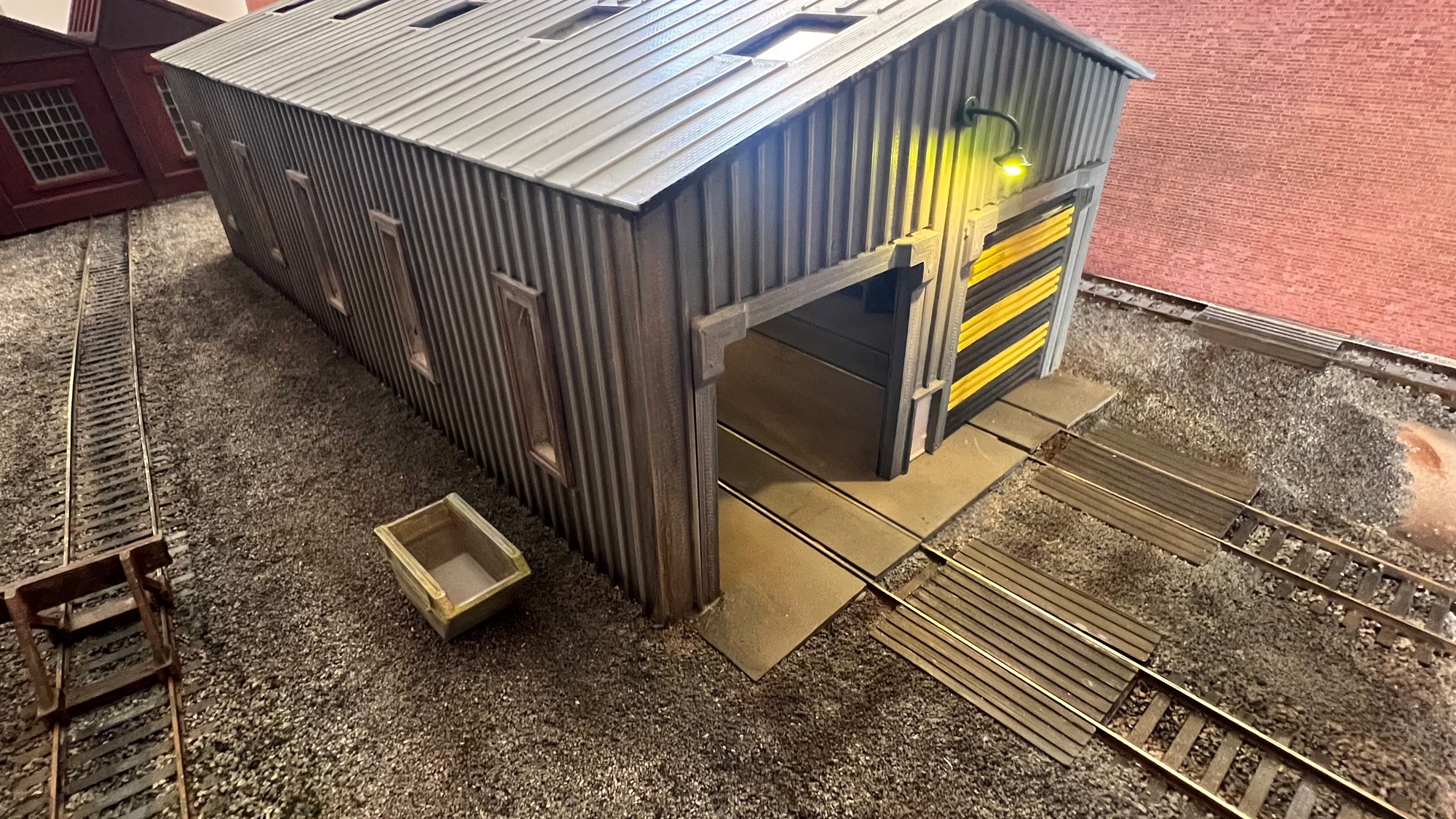What Is The Best 3D Printer For Your Model Railroad?
Like many answers, “It depends…”
There are two types of 3D printers that are used for model railroads, Resin printers and Filament (FDM) printers.
Filament printers use heated plastic to build objects layer by layer, while resin printers use exposed light to harden liquid resin into detailed shapes.
The great thing about 3D printers is that if you can think it, you can pretty much create it.
Below I give real world examples of the Pros and Cons of each type of printer that I have actually used on my layout.
3D printing has become a valuable tool in model railroading, offering a wide range of applications to enhance layouts and rolling stock.
It’s a fact that Resin 3D printers can create items with much more detail than Filament (FDM) printers. If you are looking for enhanced detail to the level where you can see the individual rivets and bolt heads, you probably want a Resin printer.
If you don’t need that level of detail, a Filament printer may be the best for you… but don’t think that filament printers cant create good prints, they can. Have a look at the posts on this website, the majority of the 3D printed items are created on the filament printer.
Another thing that may sway you into buying a 3D printer. I printed a 2 road engine shed for less than $4.00 The Walthers model in my local retailer is $55.00 You would only need to buy 6 models at that price to cover the cost of the printer. …and of course you will have something unique.
Have a look at these websites that list 3D prints for model railroads.
..and finally, you can print totally “Custom” items. I’ve used mine to print all sorts of brackets and other one off items. For example, I needed something to mount the LEDs in the engine shed. I created a bracket that fitted between the joists with a drop down to hold the LED. It worked perfectly.
I’ve been 3D printing for my railroad for over 2 years now. Here are some “real world” observations.
Best 3D Printer For Model Railroads – Resin Printer
For my Resin Printer – I run the ANYCUBIC Photon Mono M7
Here is an example of the detail. You can see the rivets on the Lowmac wagon.

PROS:
- Highly detailed print – you can see the rivets.
- Smooth finish to print – really easy to airbrush or paint.
- Prints things that a Filament printer just cant do very well such as anything that has overhangs or gaps. Take a vertical ladder for example, a resin printer can handle that. A filament printer will struggle badly, especially at small scales.
- Did I mention the high resolution and quality? – It really is worth the extra work if you want the really high detail.
CONS:
- Messy – you’re dealing with a liquid that is sticky and needs careful handling.
- Smelly – I wouldn’t want to run a resin printer in the house. I run mine in the garage.
- Generally more messing about – Handling the resin, cleaning up the equipment, snipping off the supports etc.
Best 3D Printer For Model Railroads – Filament Printer
For my Filament printer I run the ELEGOO Neptune 4 3D Printer.
Here is an example of what can be achieved. The Workshop and the Engine Shed were printed on the Filament printer.
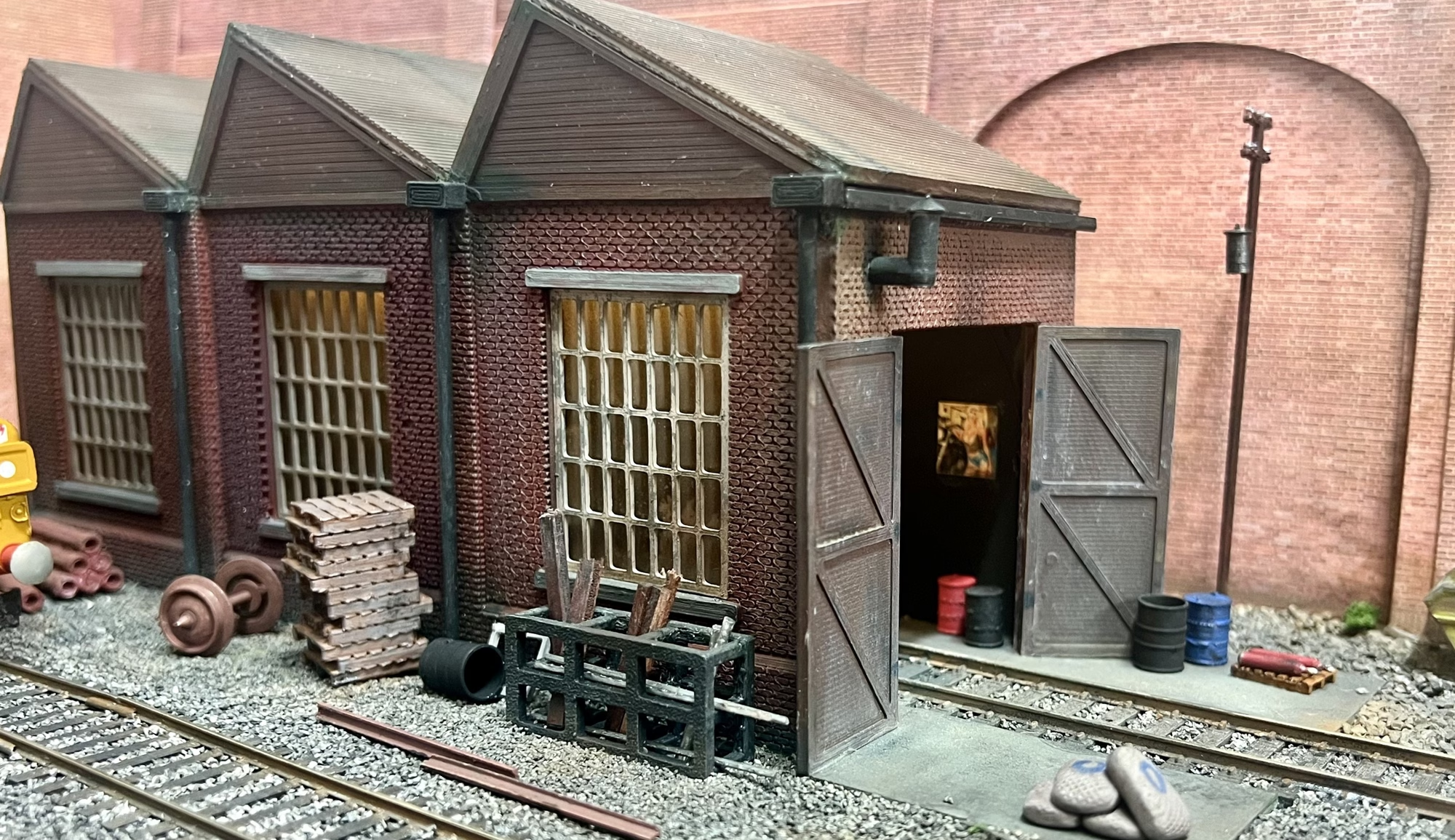
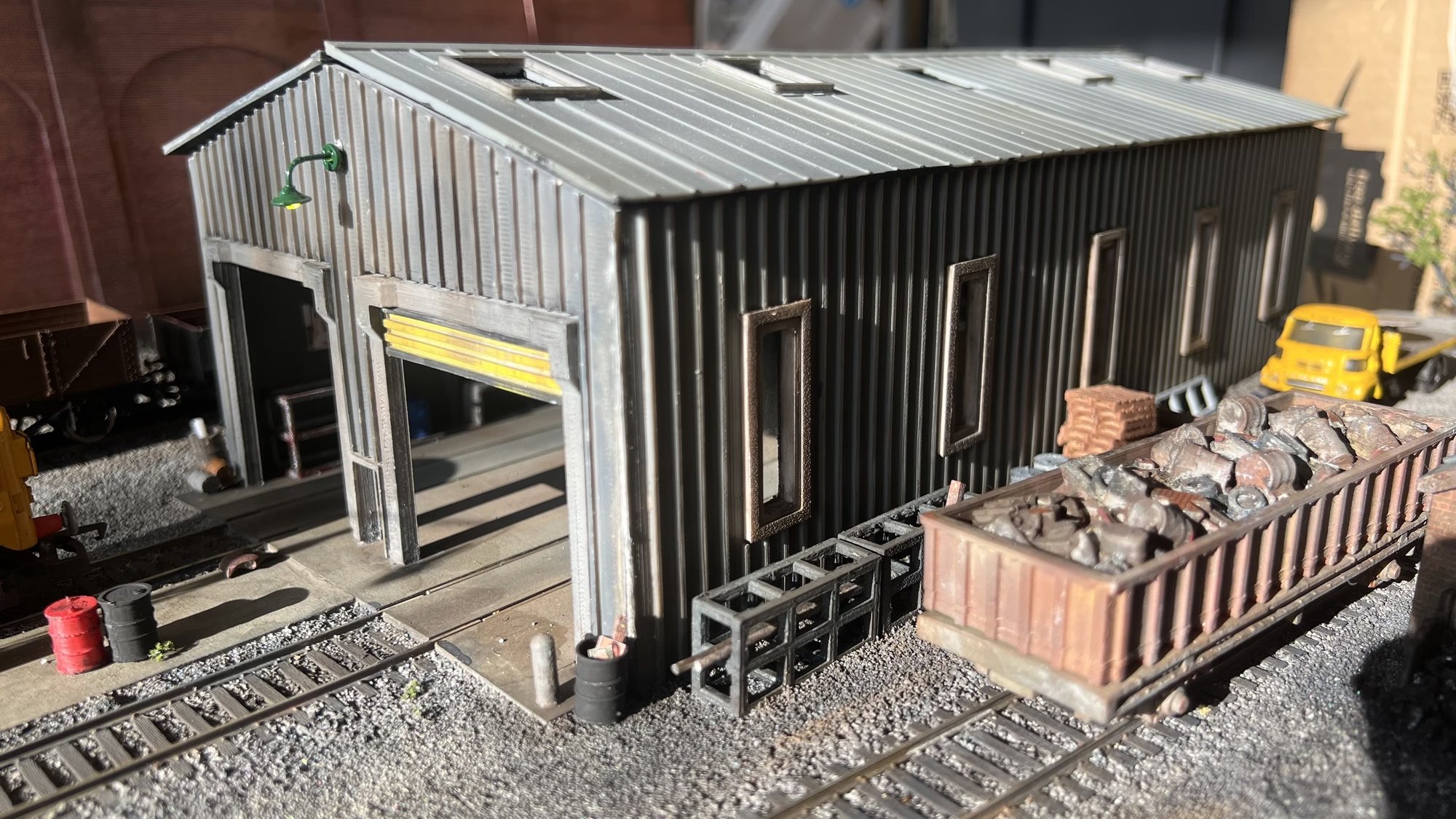
PROS:
- It’s really easy to get going. – There is a Small learning curve, you will be printing your first item within the hour. No dealing with liquids or any extra stuff needed.
- Faster to print – For example, I sent the same 3D print file to my Resin and Filament printer. The Filament printer took 3 hours, the Resin printer took 10 hours. But yes, the Resin was WAY more detailed.
- No Smell – You can have a Filament printer running in your house. Zero smell.
- Great for creating large items. The engine shed and the workshop (above) and many more items on my diorama were printed on the filament printer.
CONS:
- There really aren’t many. It’s not as detailed as the resin printer, but in most cases it’s absolutely fine, and easily passes the 3 ft rule. (does it look OK from 3 feet away)
- The fans can be a bit noisy when printing at full speed, but it’s not that bad.
Scroll down for real examples of items I have 3D printed for my railroad, and have a look at the pictures on my website, the majority of items were printed on the Filament printer.
The cost of materials is pretty similar. At the time of writing this, a bottle of Resin is $18 and a spool of Filament is $15
3D printing is here to stay and I think it’s a fantastic addition to the tools and processes that I use in my model railroad, and maybe, just maybe, it could attract someone new into this great hobby.
Continue reading below if you want more information on which is the best 3D printer for your model railroad.
Types of 3D Printers
There are basically two types of 3D printers. Filament and Resin. Here is a simple explanation of the difference between the two types.
Filament 3D Printers (FDM/FFF):
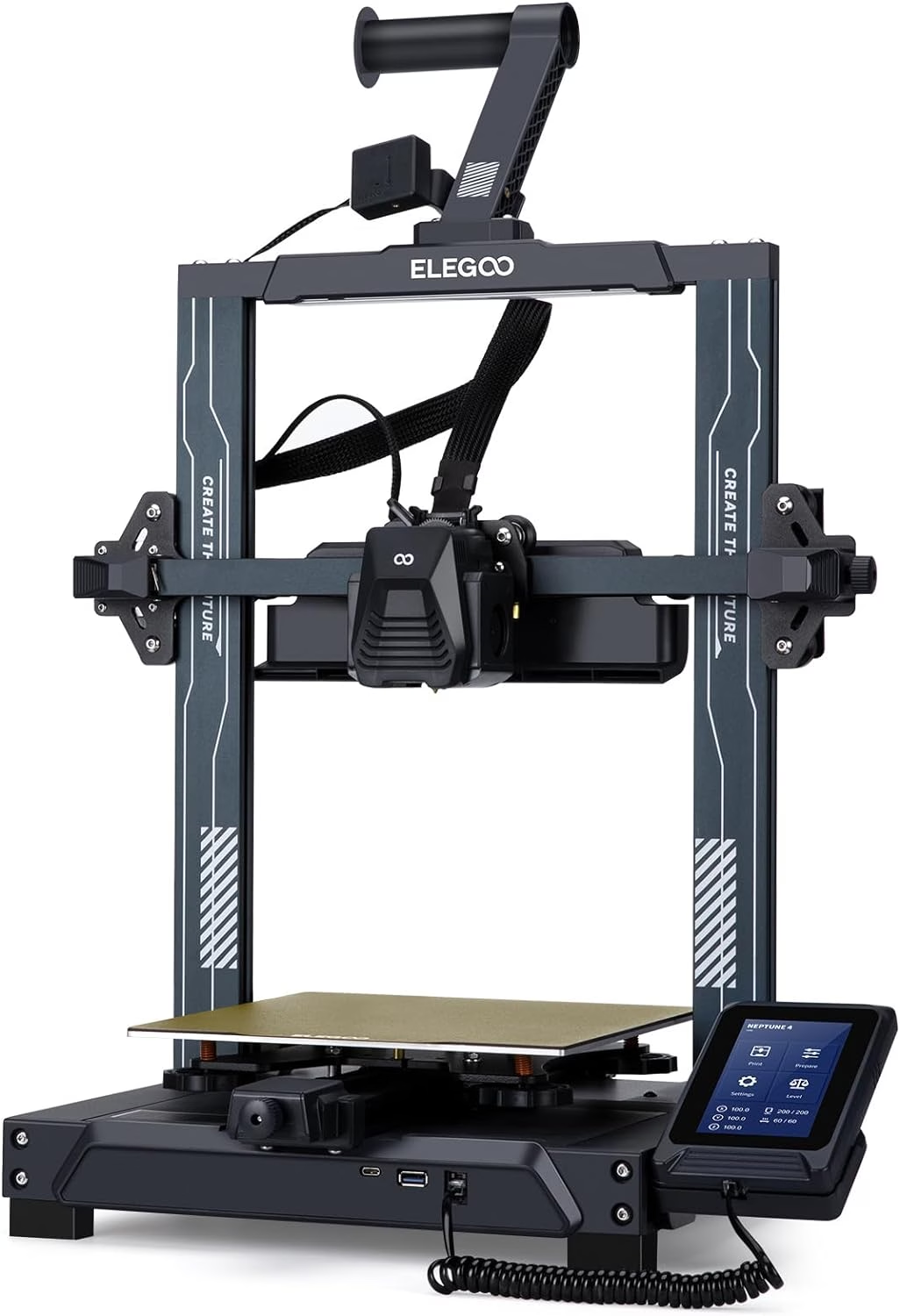
This is the model of the Filament printer I own. I can confirm that it’s REALLY easy to use and gives great results.
US Amazon Link:
– Material Used: Plastic filament (like a thin string of plastic).
– How It Works: The printer heats the filament and extrudes it through a nozzle, layer by layer, to build the object.
– Common Uses: Larger, less detailed objects, like prototypes, parts, and less intricate models.
Resin 3D Printers (SLA/DLP):
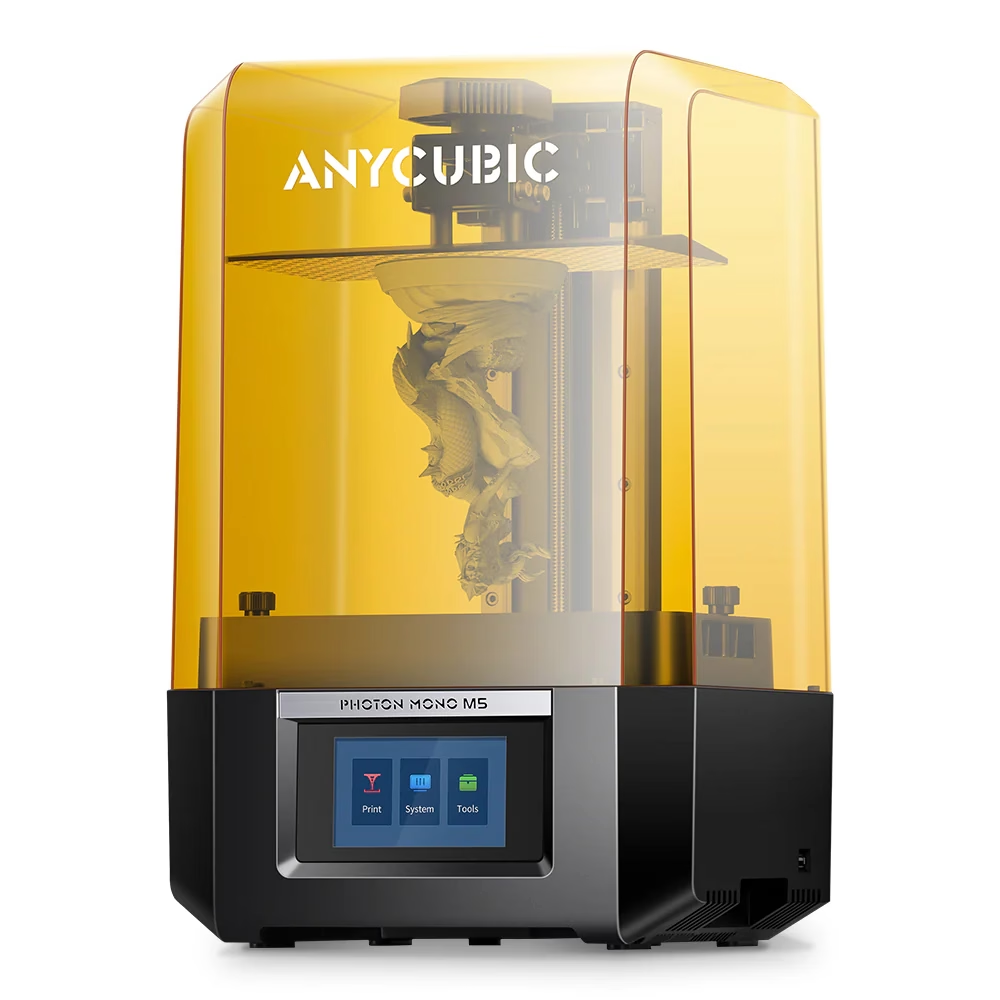
This is the model of Resin printer I have. It creates incredibly detailed items.
US Amazon Link: https://amzn.to/3QcUbPr
– Material Used: Liquid resin.
– How It Works: The printer uses a light source (like a laser or UV light) to harden the resin layer by layer, creating the object.
– Common Uses: Smaller, highly detailed objects, like miniatures, jewelry, and detailed models.
In summary, filament printers use heated plastic to build objects, while resin printers use light to harden liquid resin into detailed shapes.
The great thing about 3D printers is that if you can think it, you can pretty much create it.
3D printing has become a valuable tool in model railroading, offering a wide range of applications to enhance layouts and rolling stock.
Here are 10 examples of how 3D printing can be used in model railroading:
- Custom Rolling Stock:
– Create unique freight cars, passenger cars, and locomotives that aren’t available in commercial kits.
- Detailed Scenery Elements:
– Print intricate buildings, bridges, and other architectural structures to enhance the realism of the layout.
- Track Components:
– Produce custom track pieces, switches, and crossings tailored to specific layout needs.
- Locomotive and Car Parts:
– Manufacture replacement parts for damaged or missing components of locomotives and rolling stock, such as couplers, wheels, and handrails.
- Figures and Accessories:
– Print detailed figures of people, animals, and other accessories to populate the layout and create realistic scenes.
- Unique Terrain Features:
– Create custom terrain features like mountains, tunnels, and rock formations that fit perfectly into specific layout sections.
- Signage and Signals:
– Produce custom signs, signal posts, and other railway signaling equipment to match specific prototype or fictional designs.
- Scenic Details:
– Print small scenic details like benches, street lamps, fences, and other urban or rural fixtures that add depth to the scene.
- Stationary Equipment:
– Create detailed stationary equipment such as cranes, water towers, and fuel tanks, adding authenticity to industrial or maintenance areas.
- Prototyping and Testing:
– Use 3D printing to prototype new designs and test them before committing to final production, allowing for adjustments and improvements.
These examples demonstrate the versatility and potential of 3D printing to customize, repair, and enhance model railroad layouts and equipment.
Here are real examples of models I have 3D printed on my model railroad.

